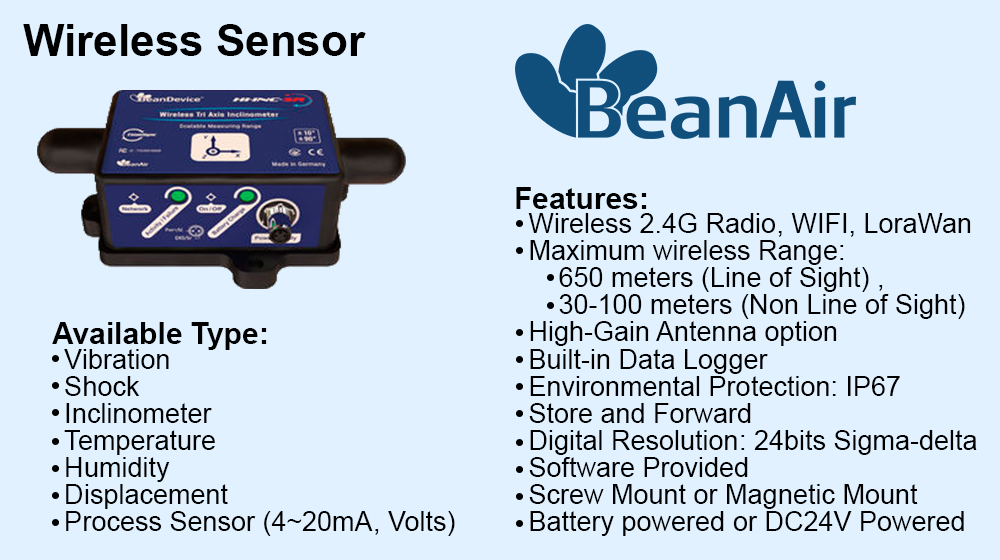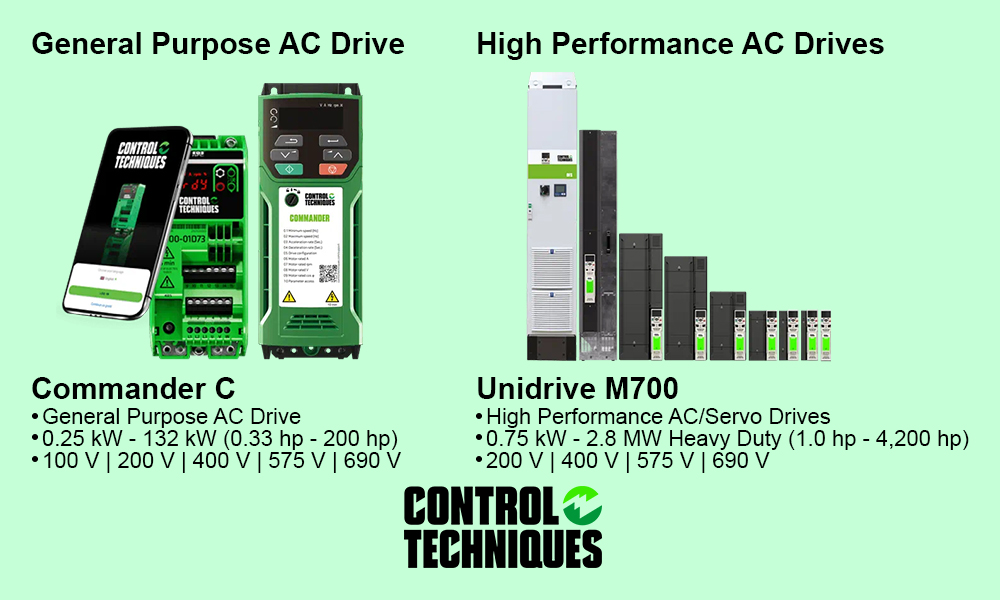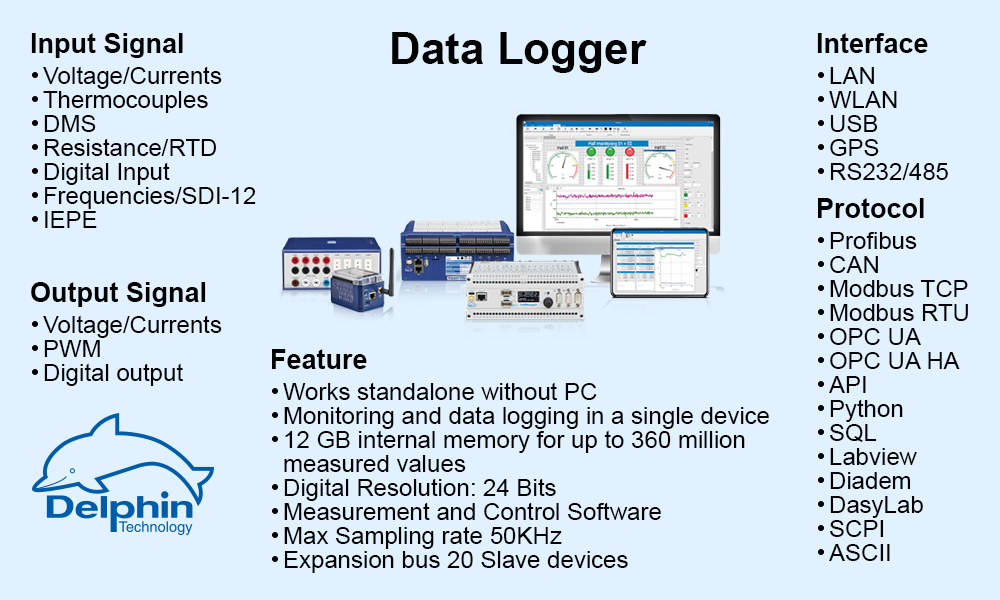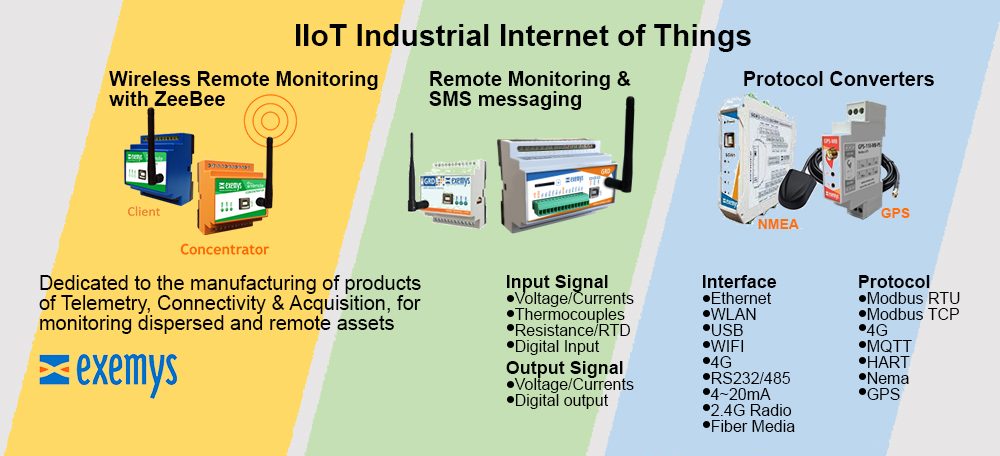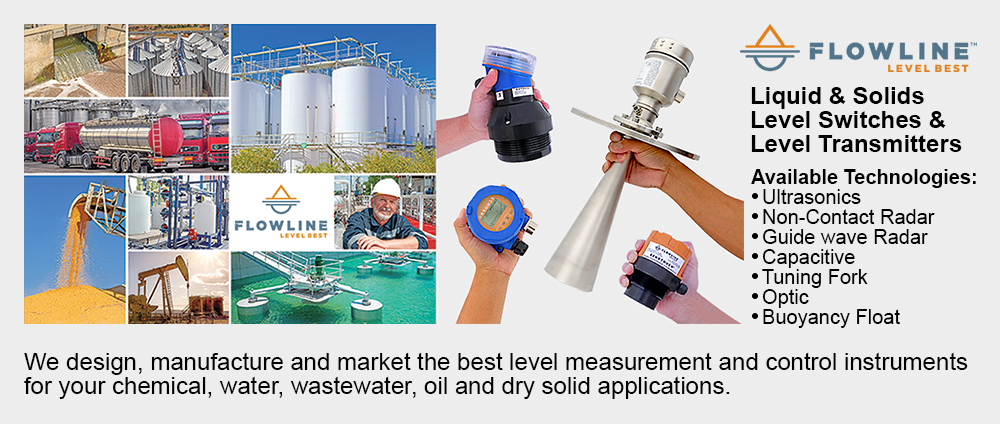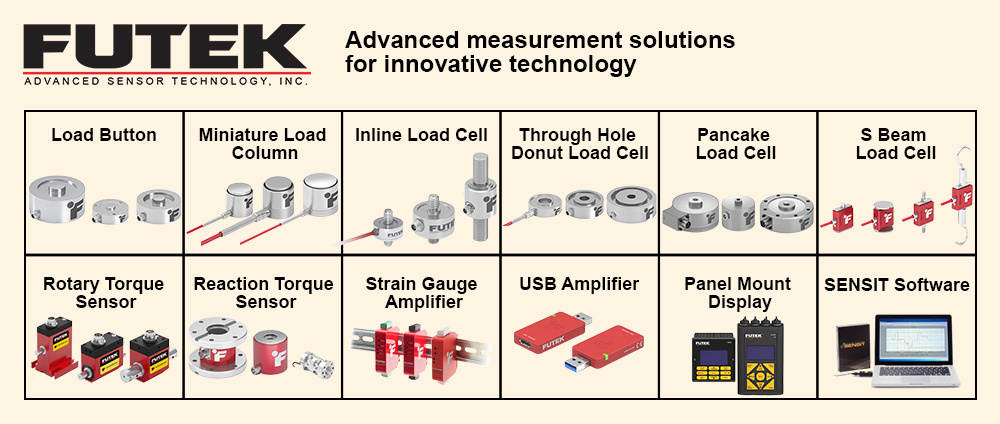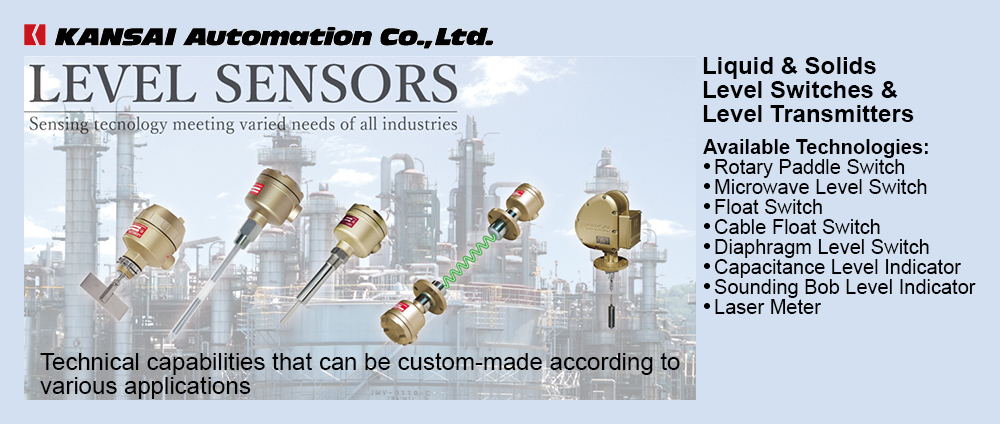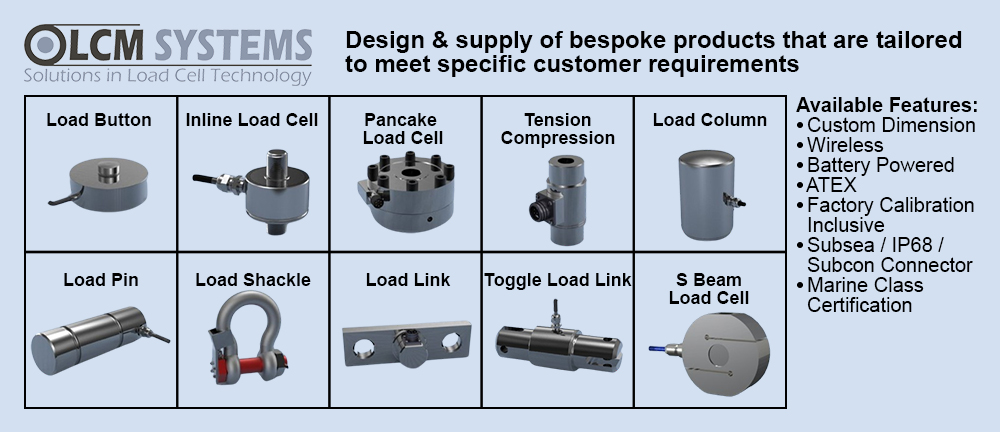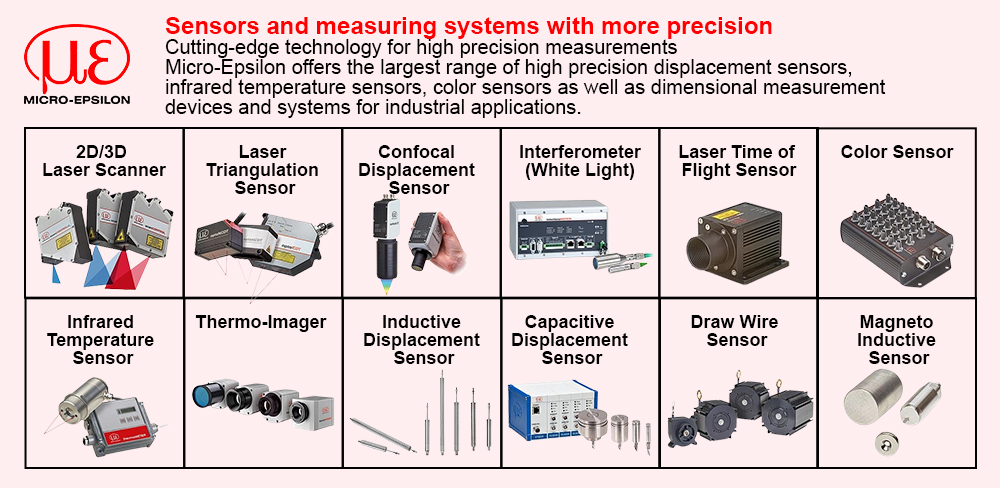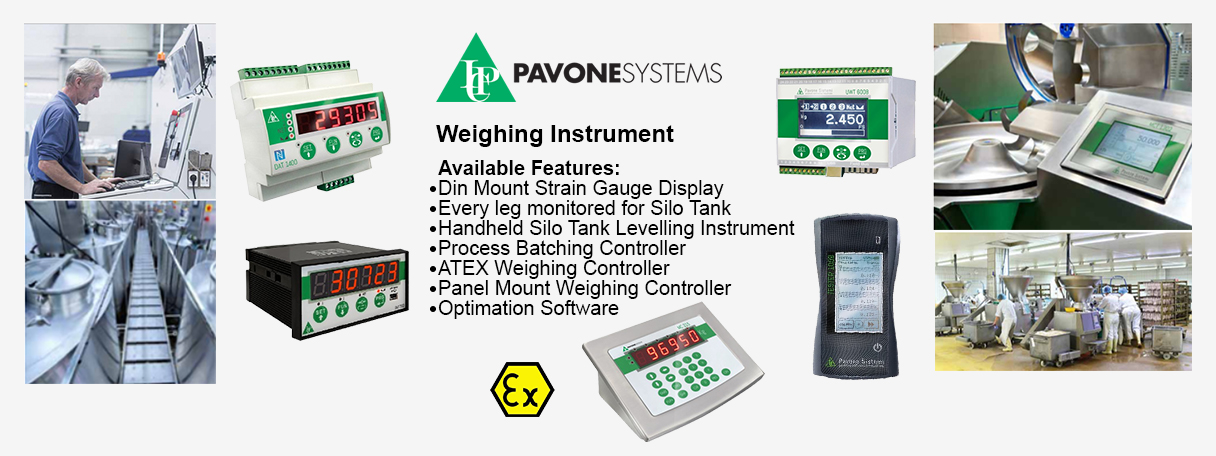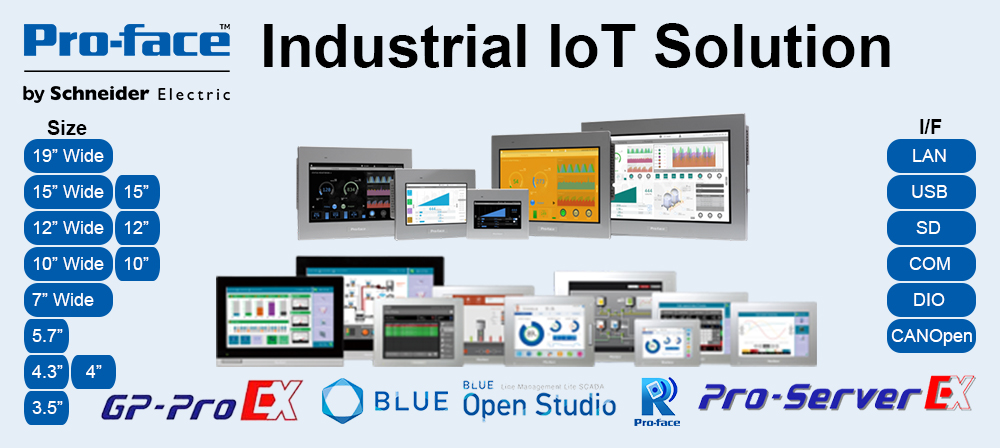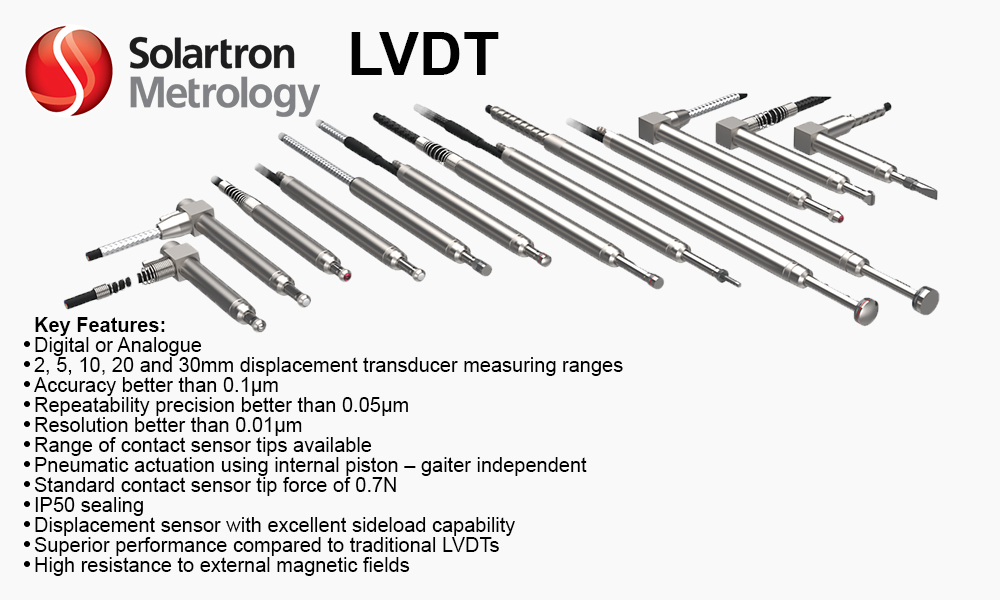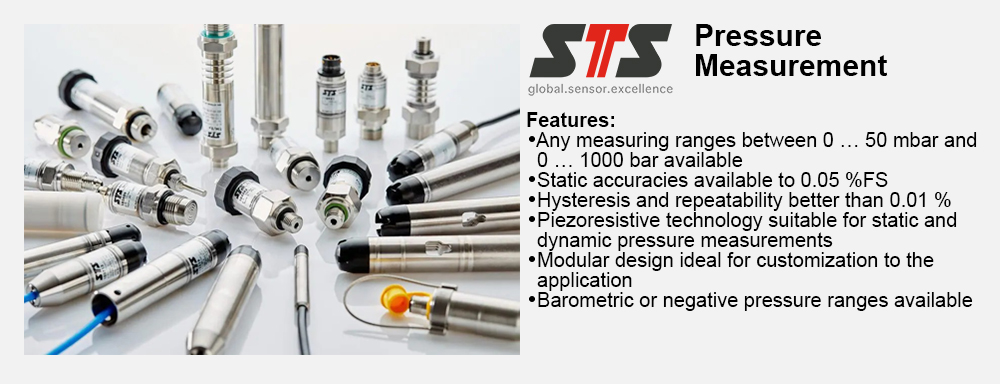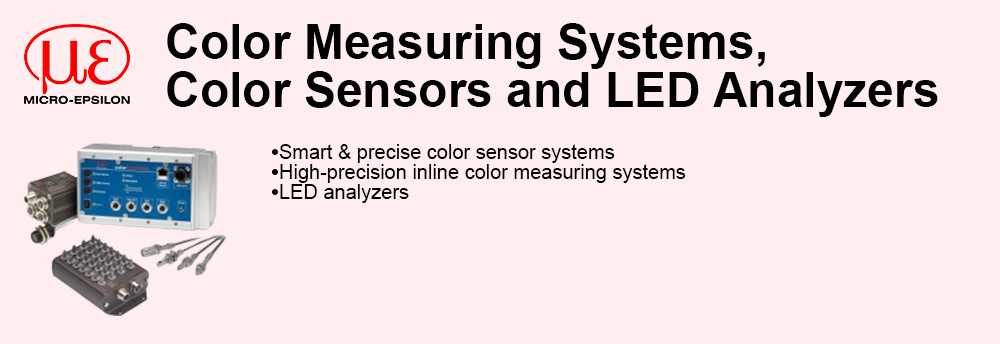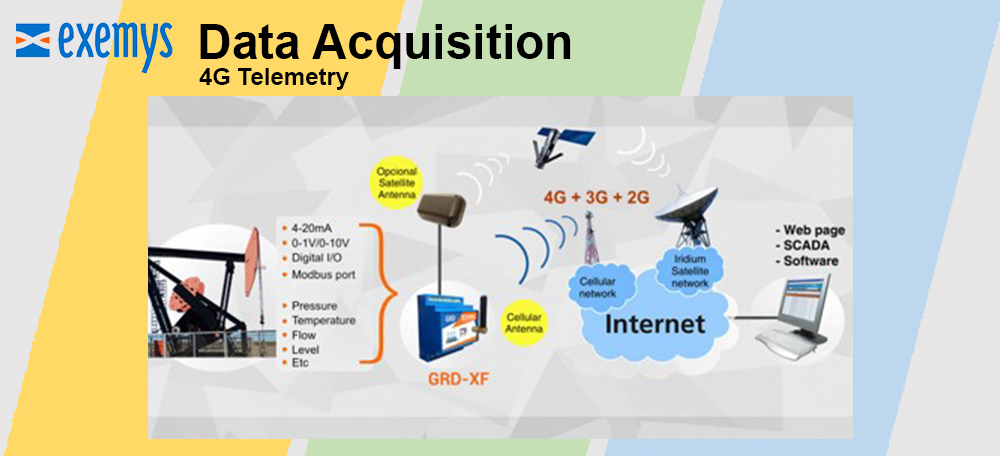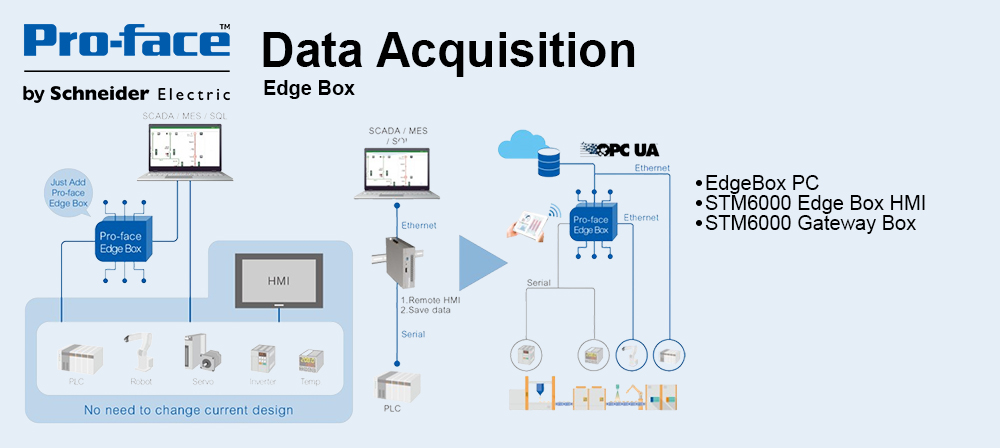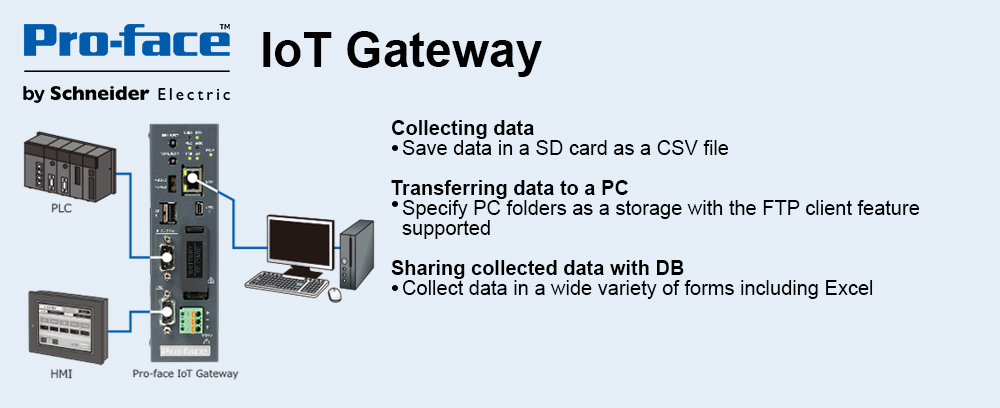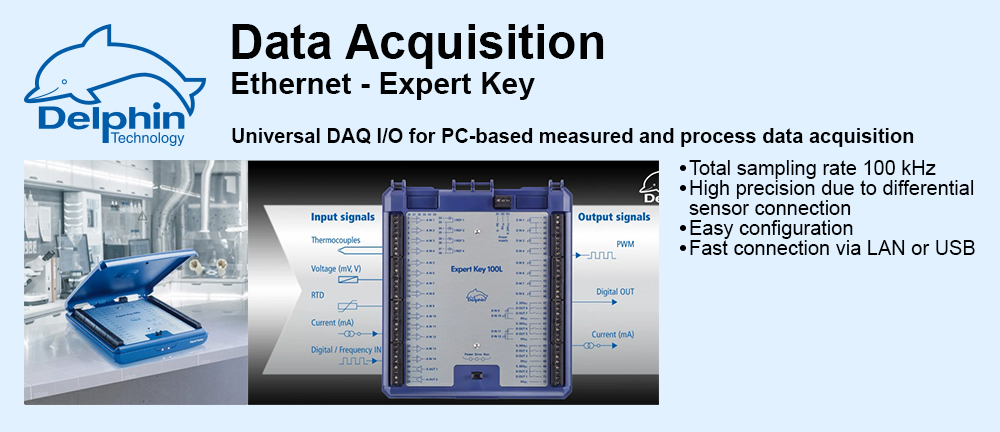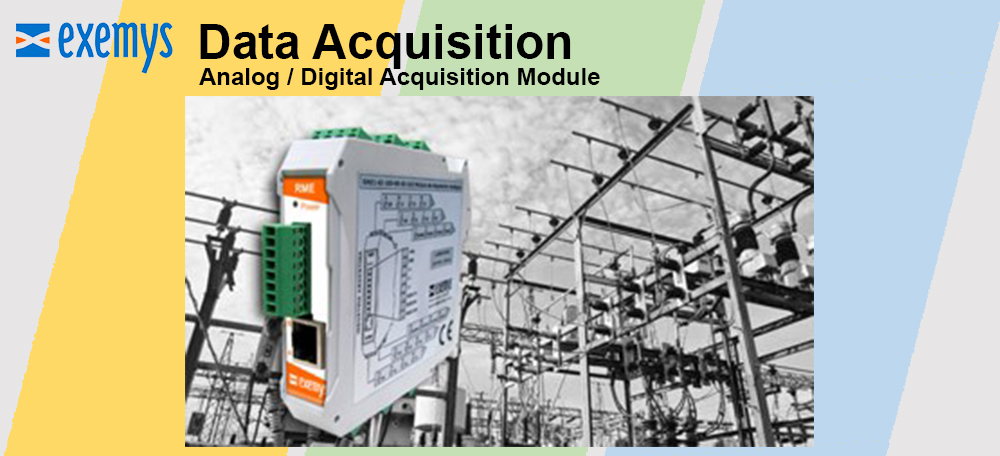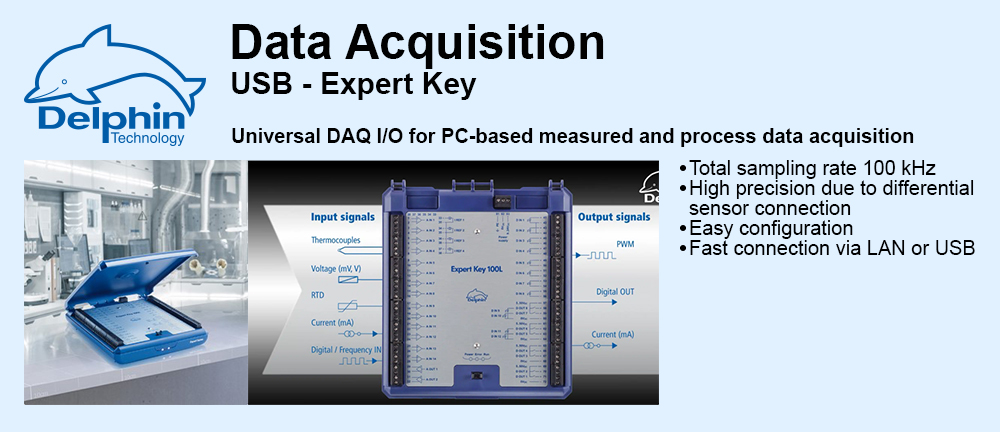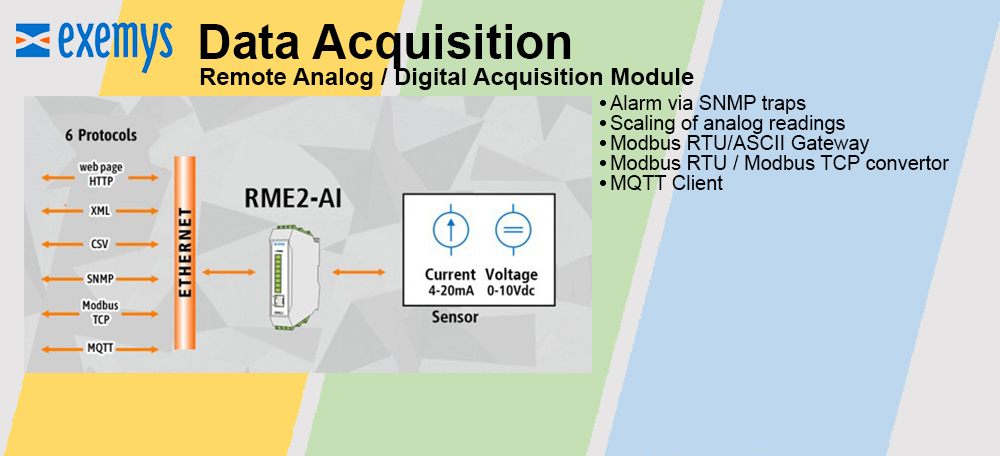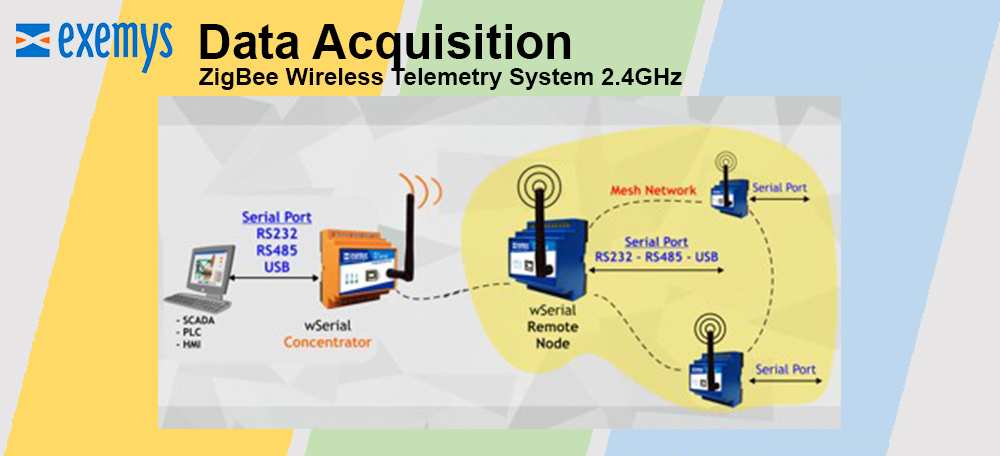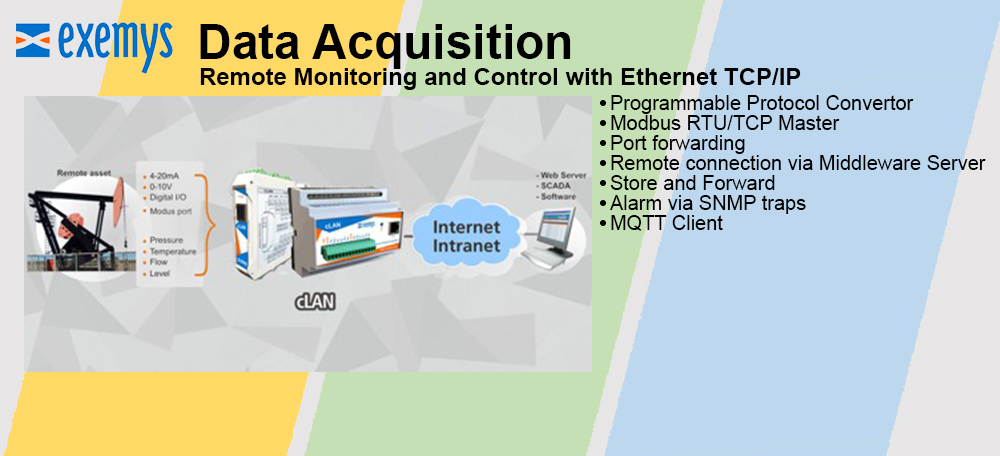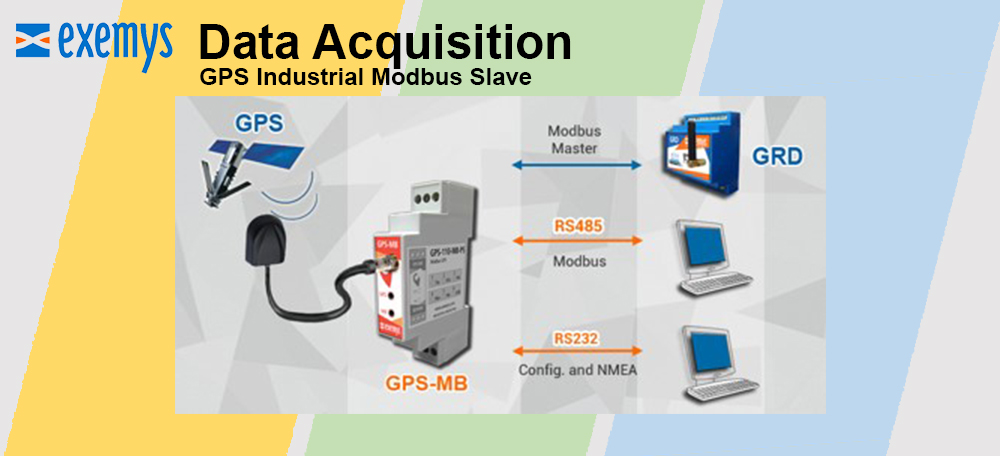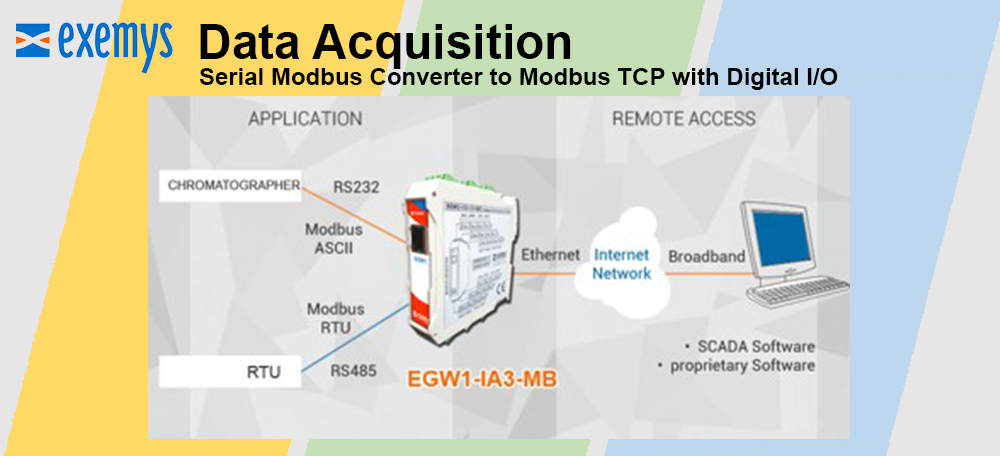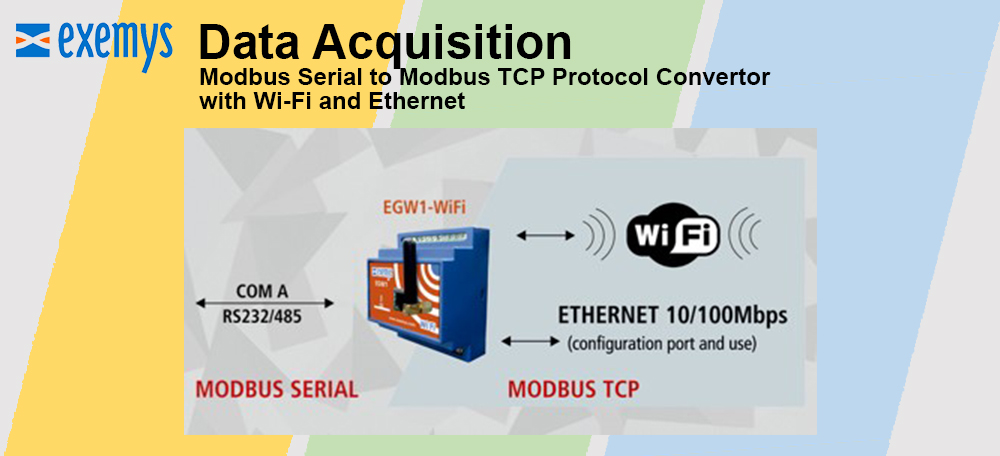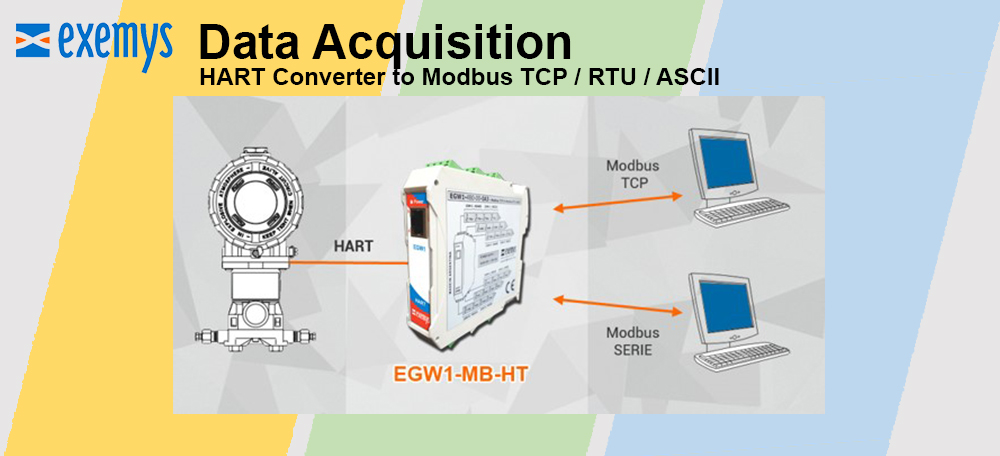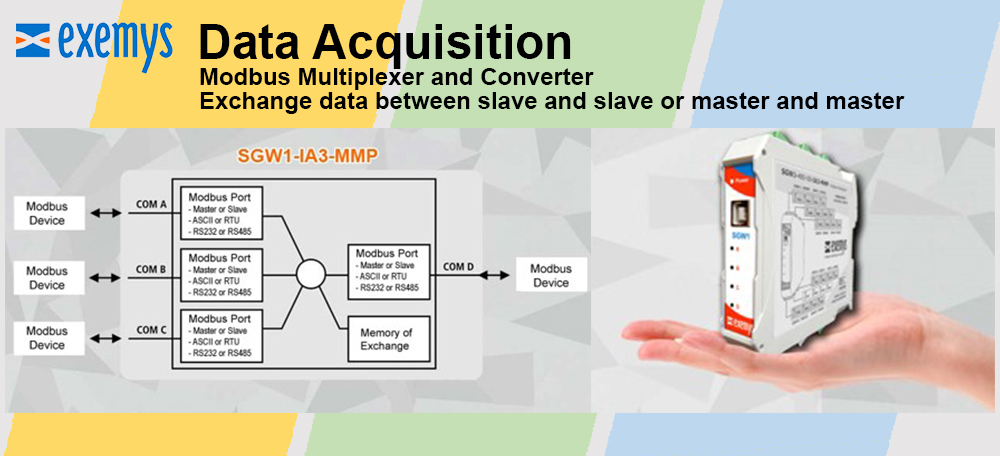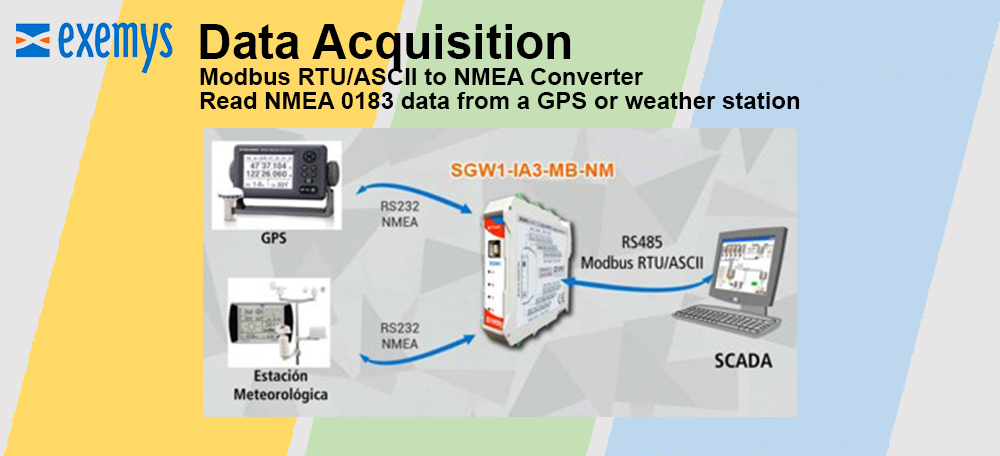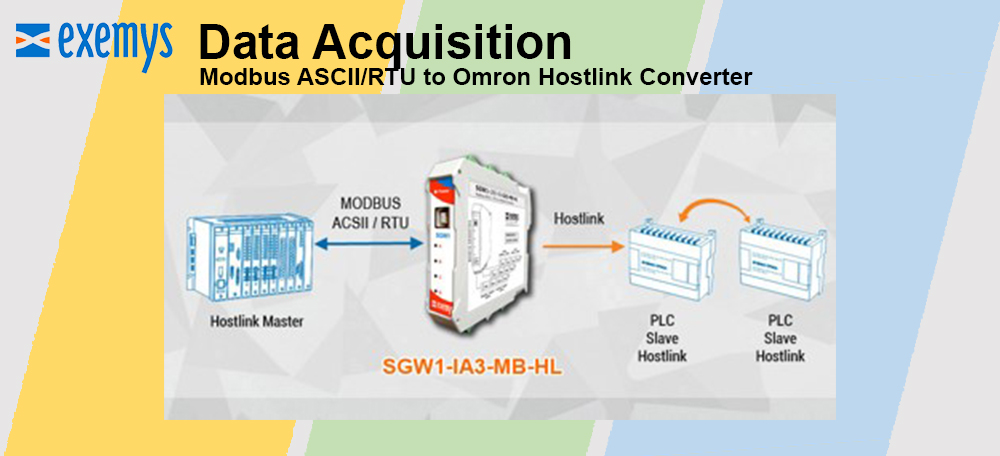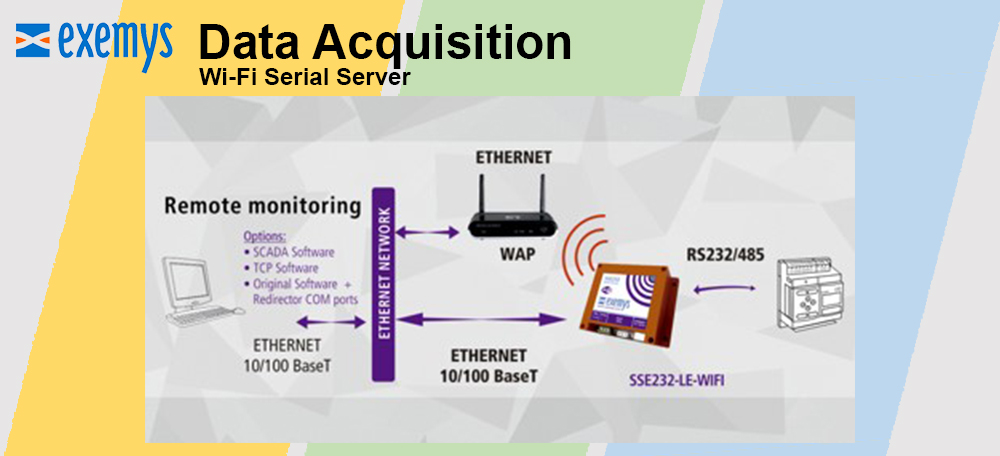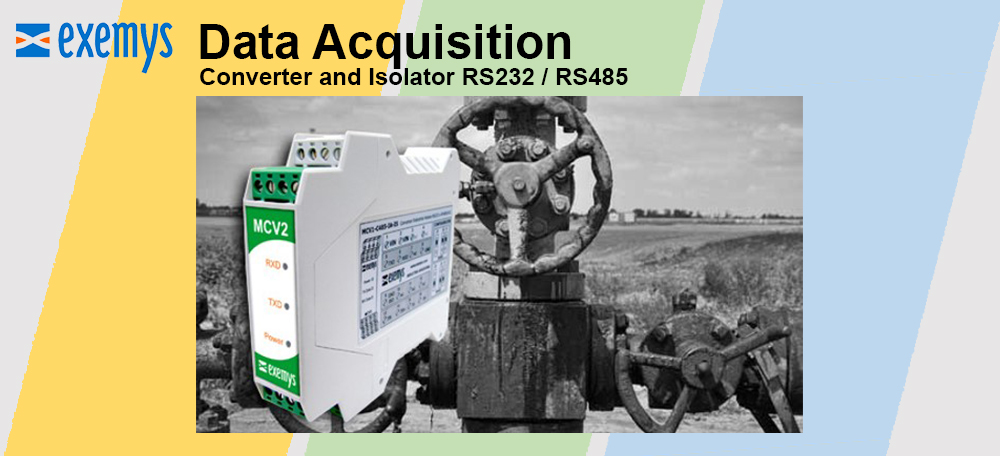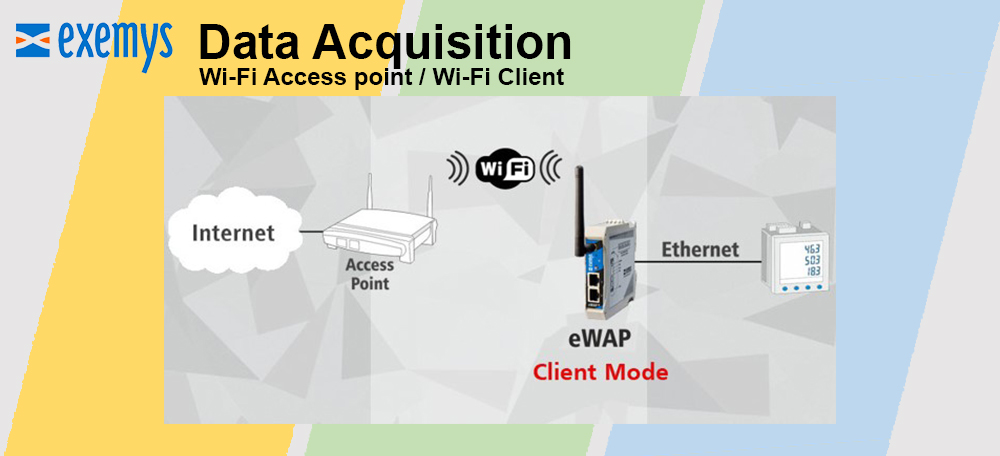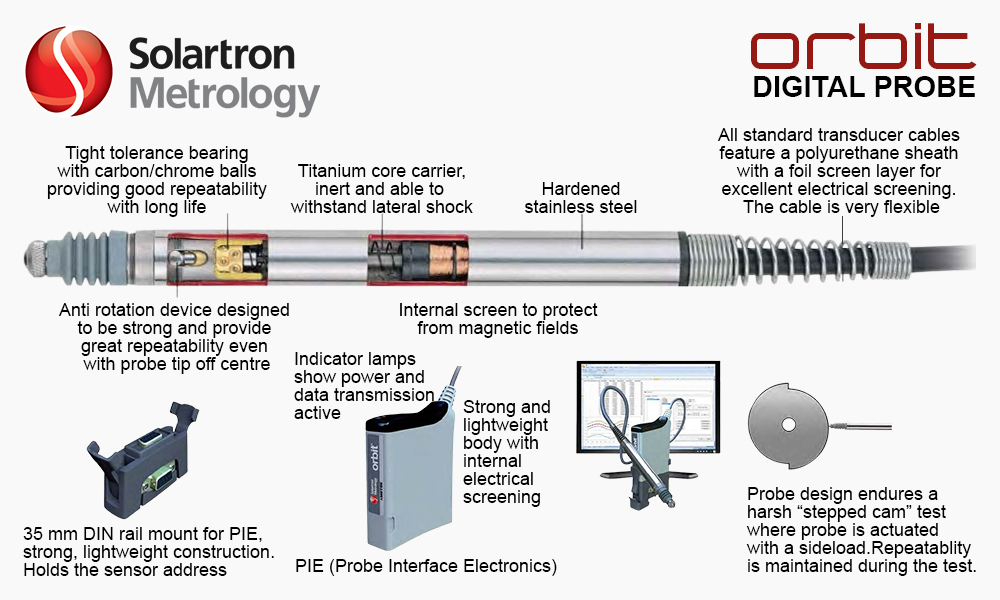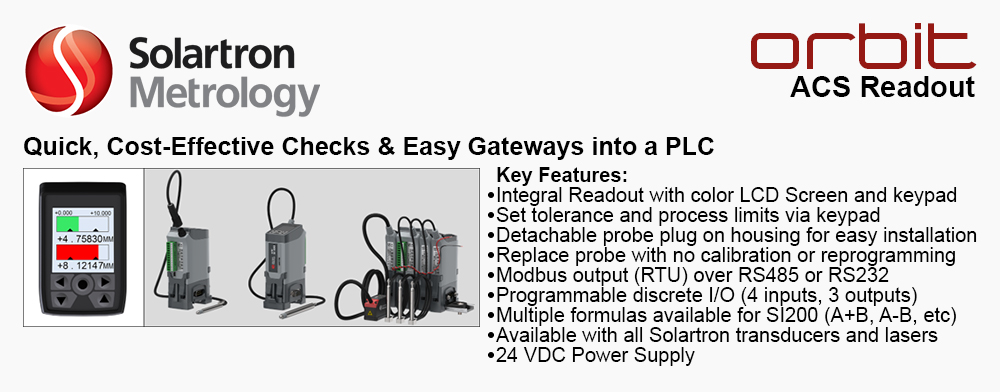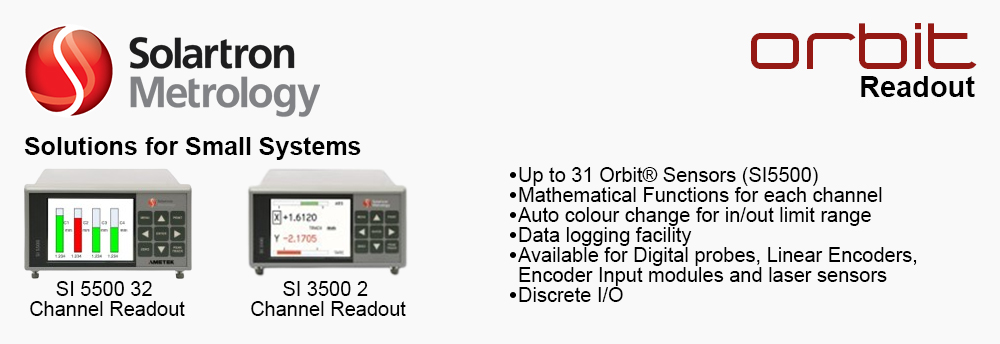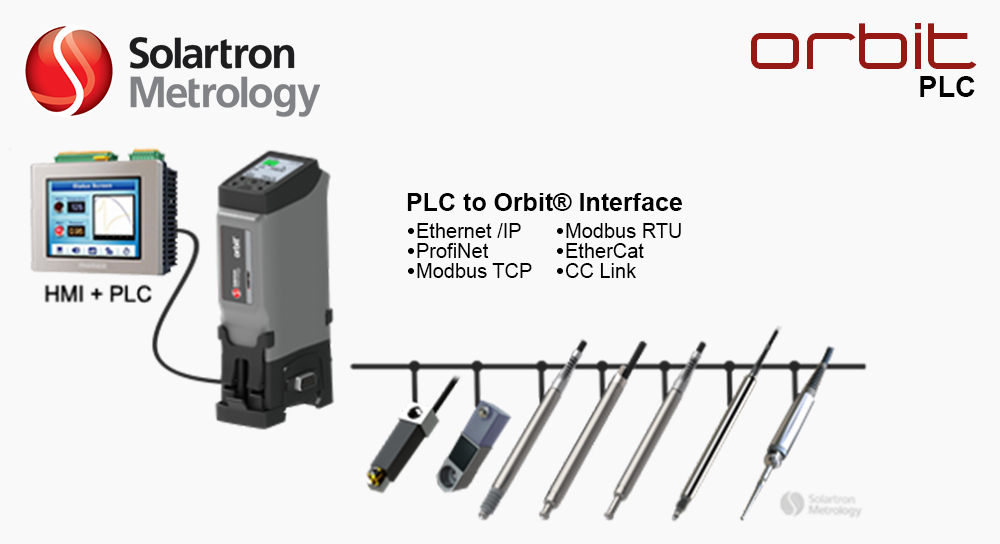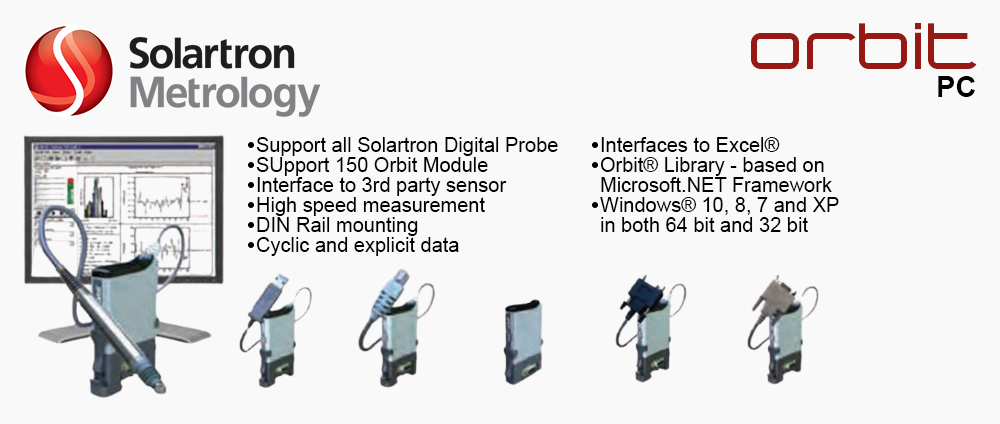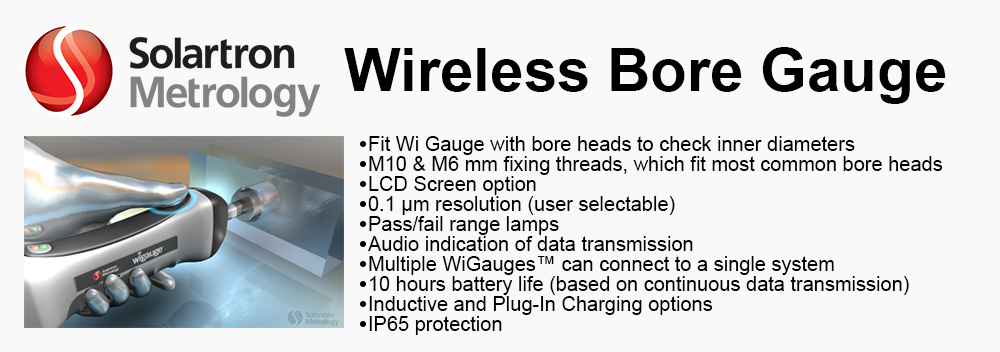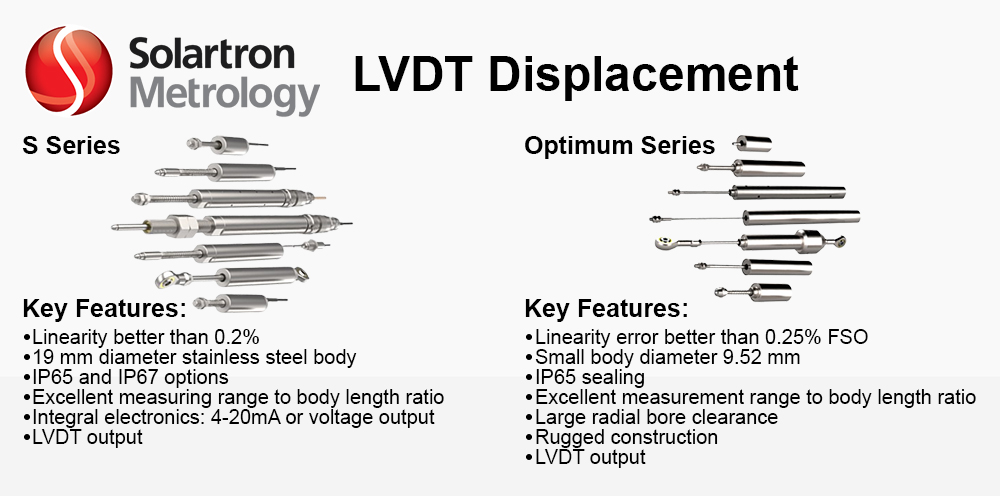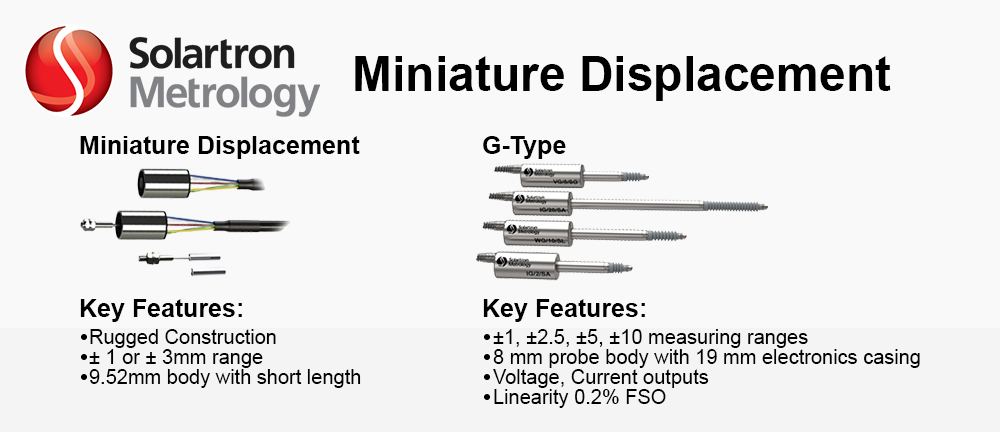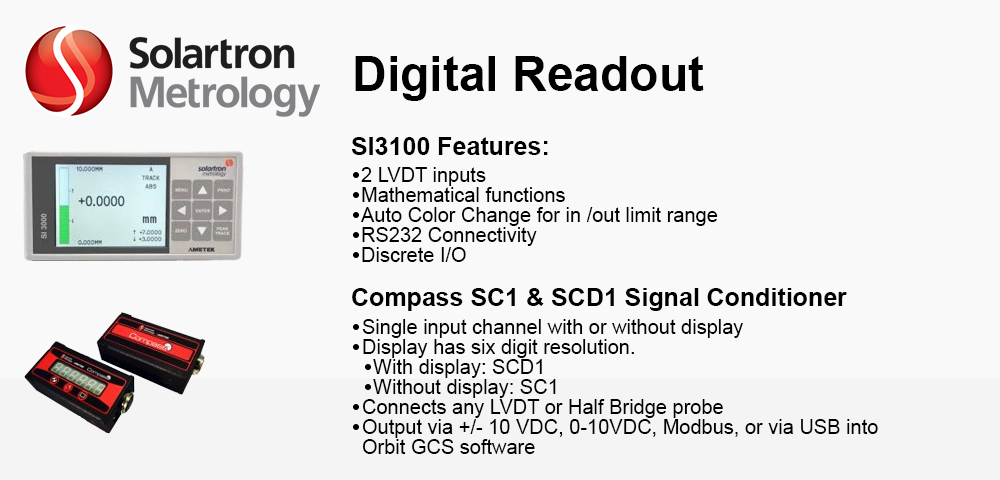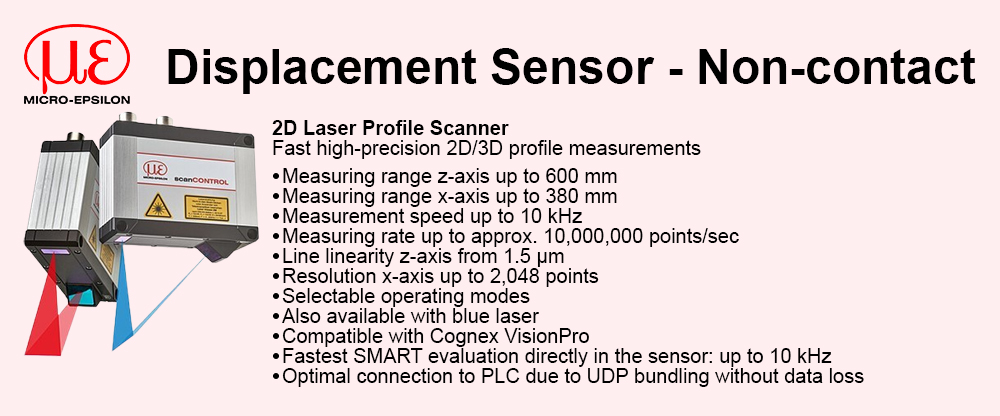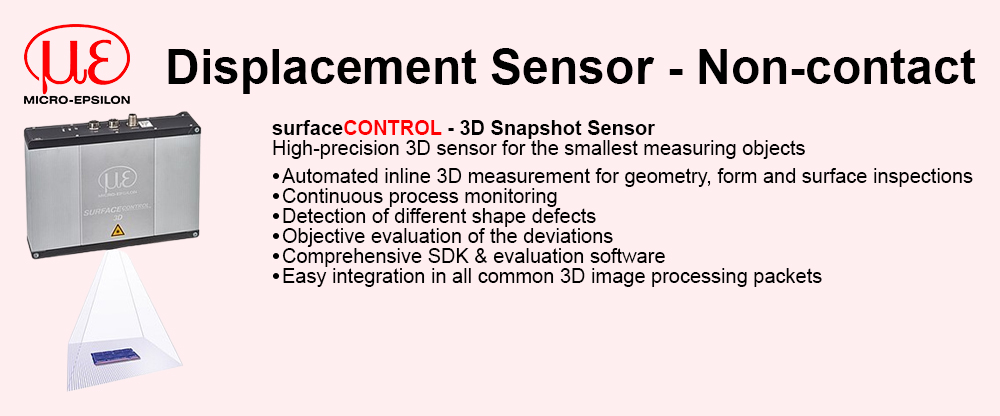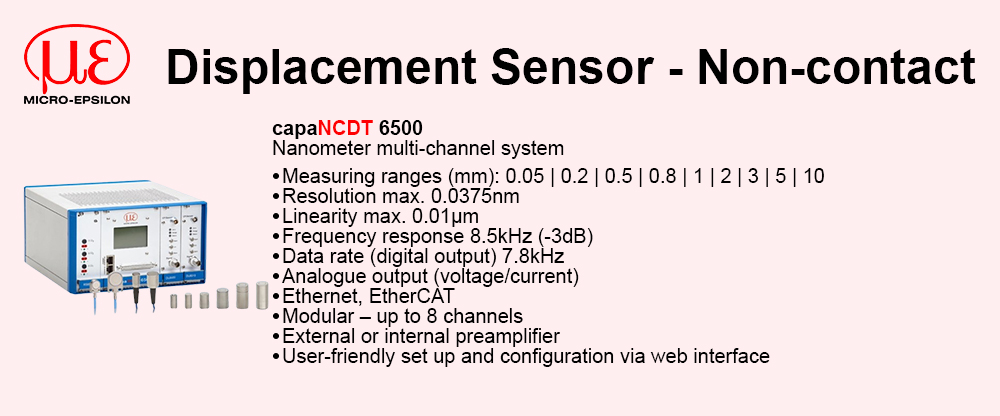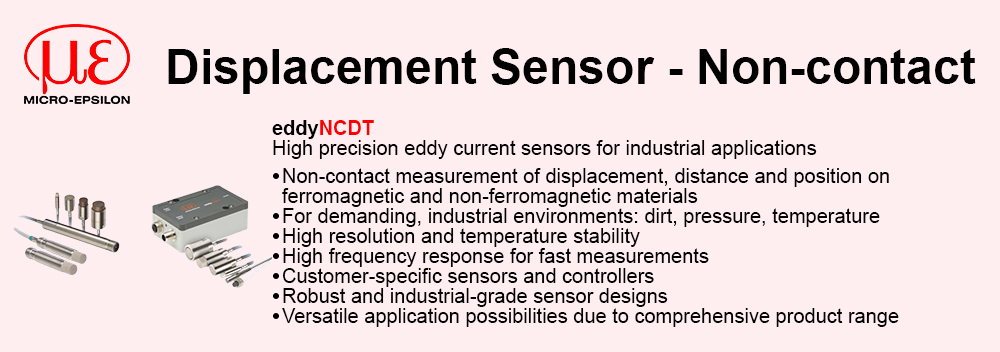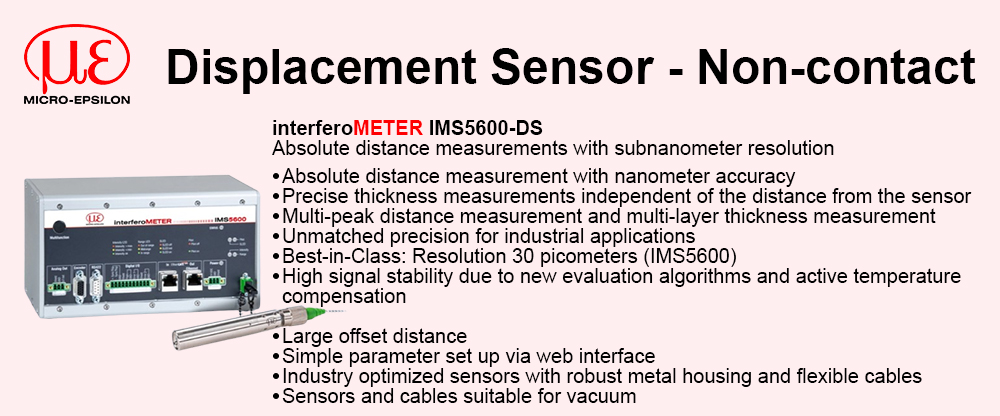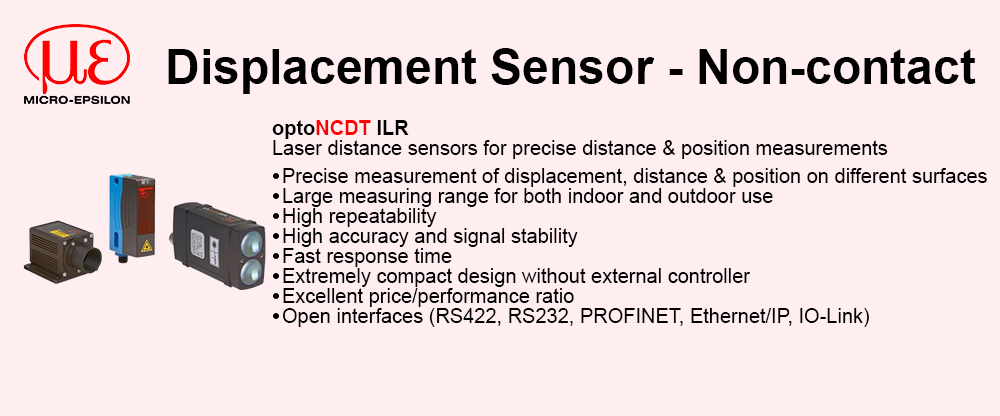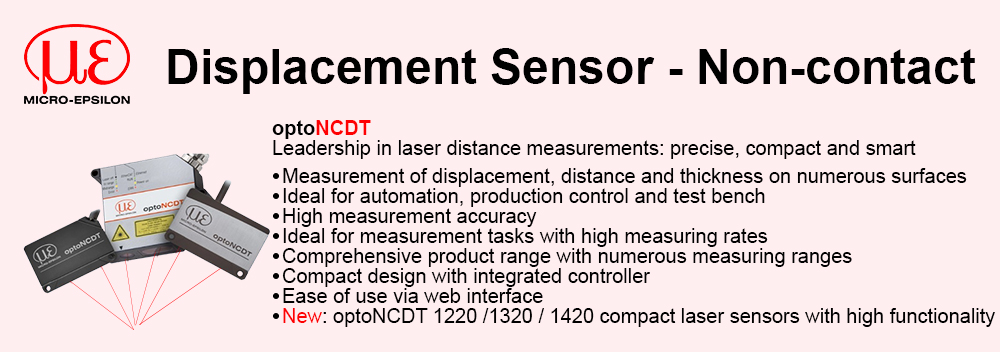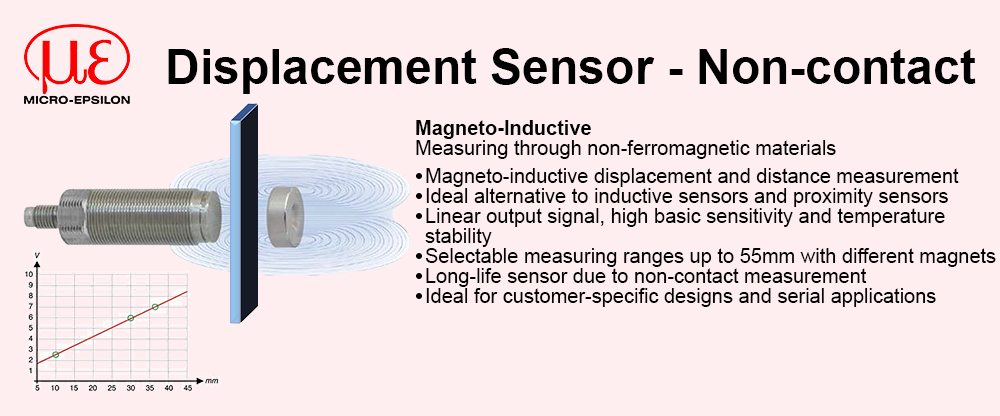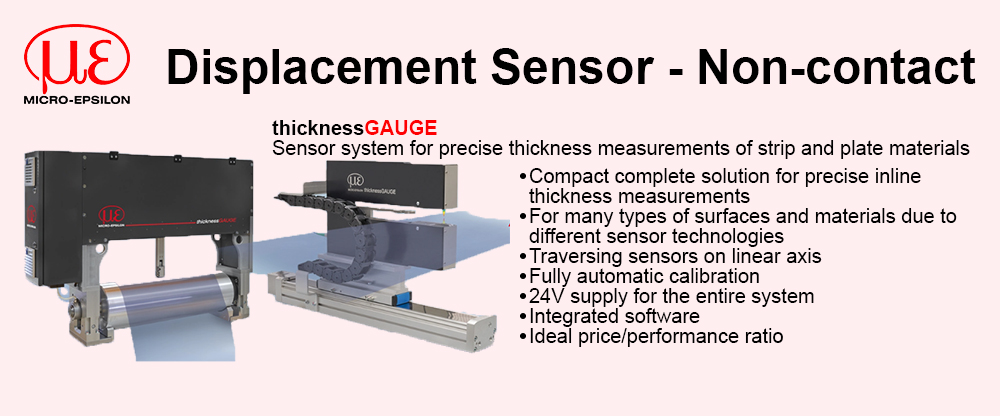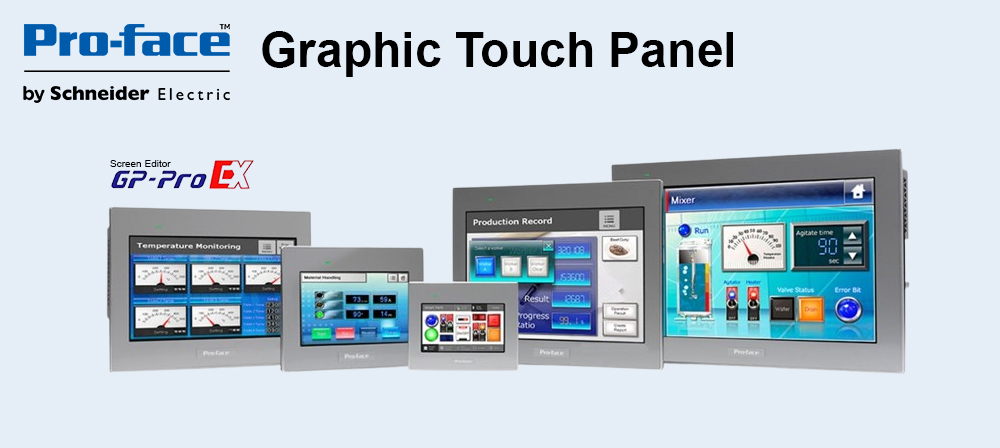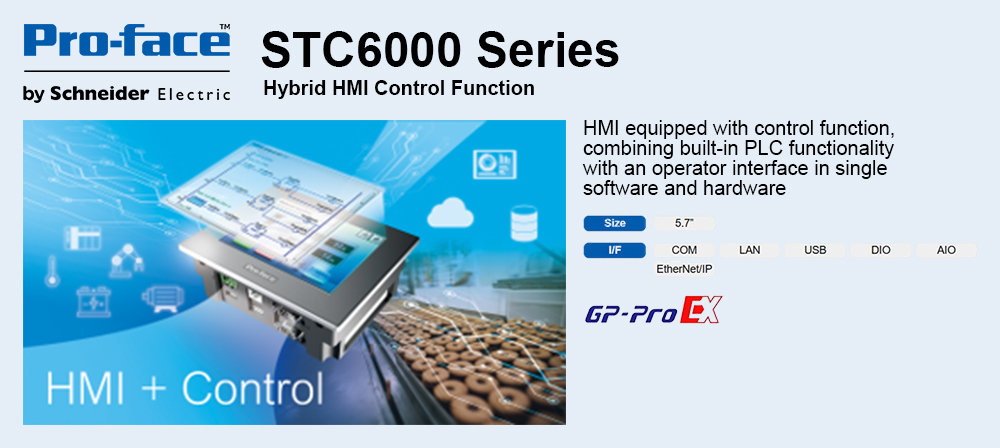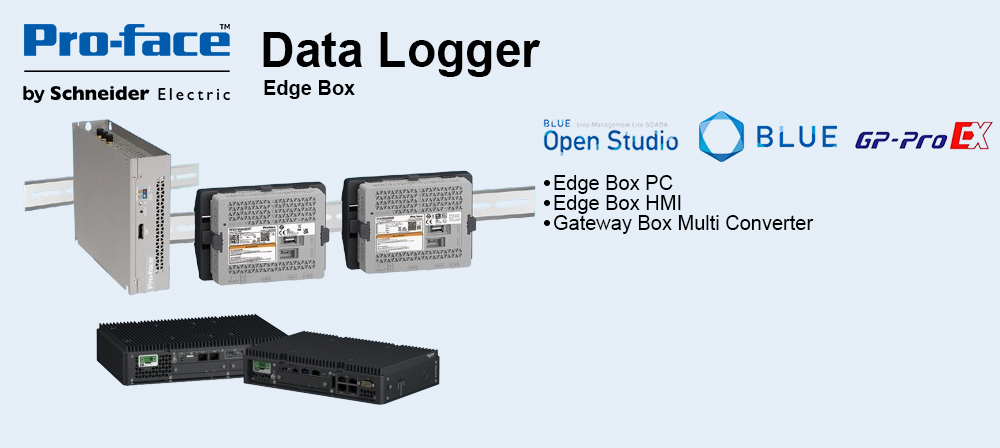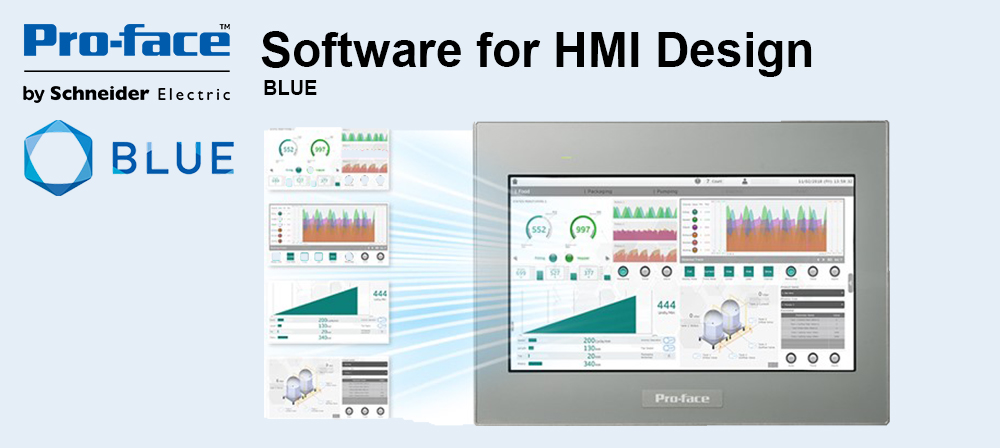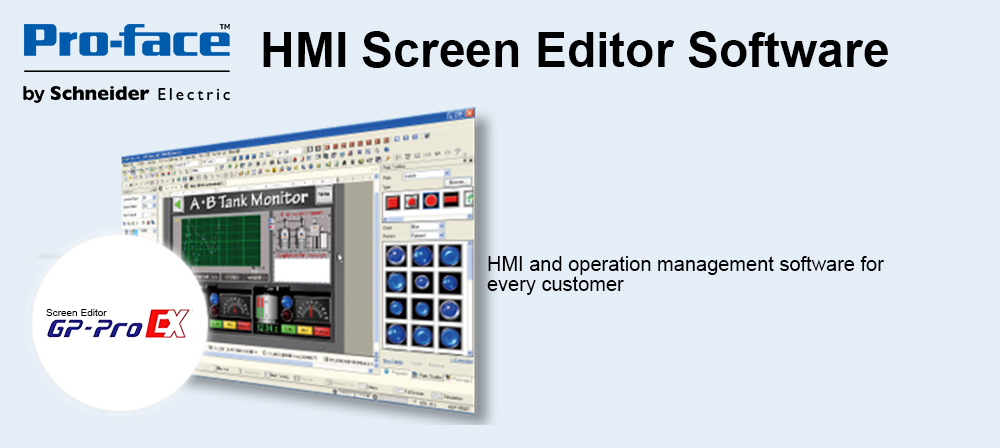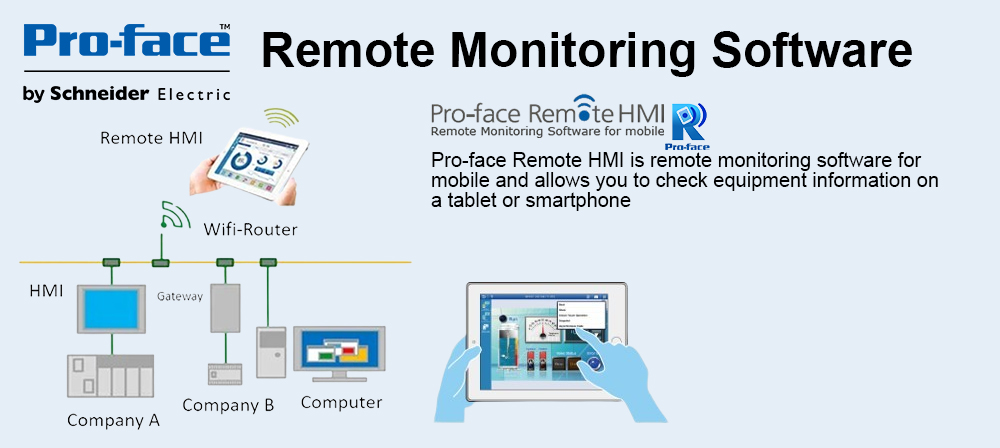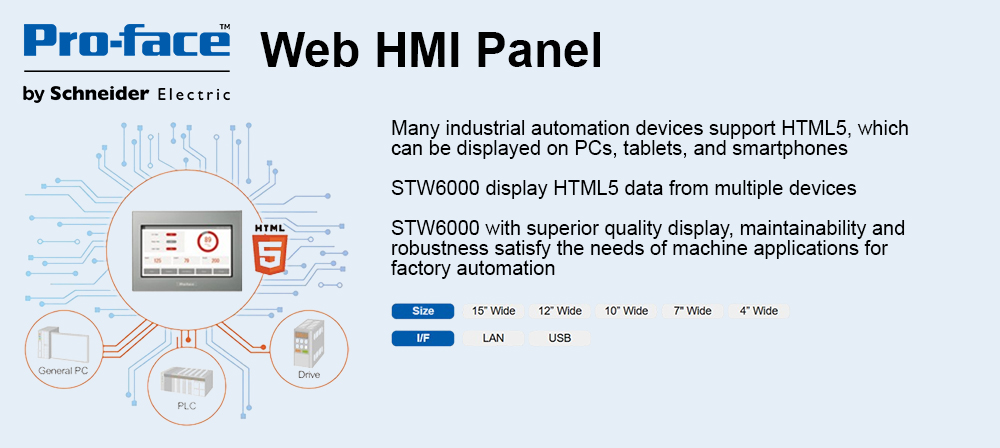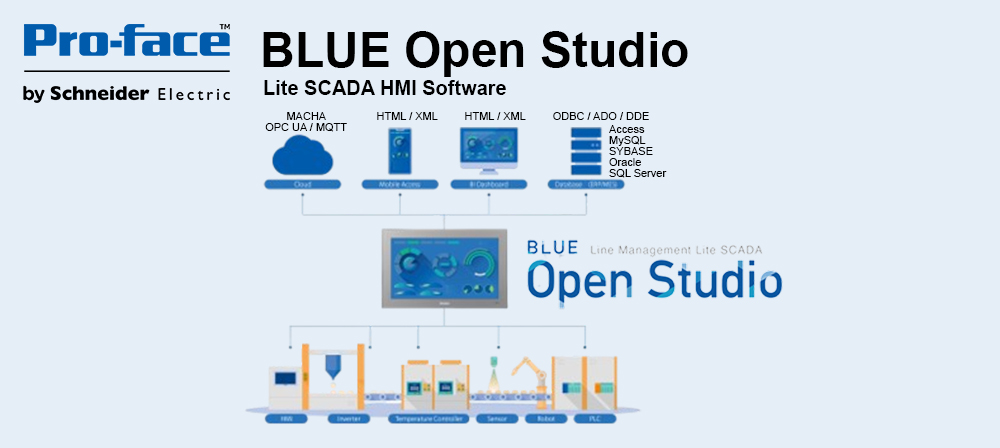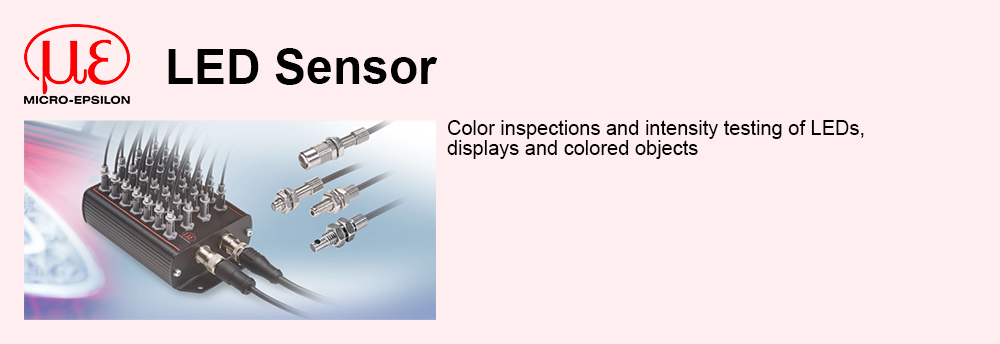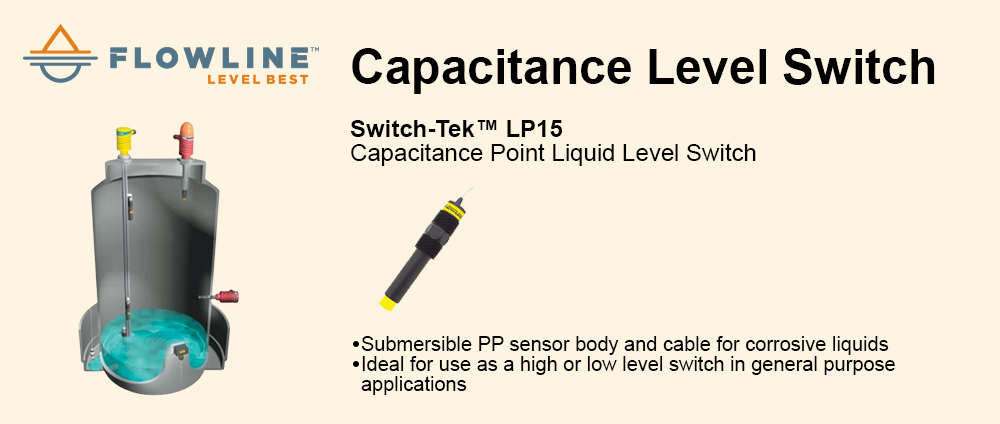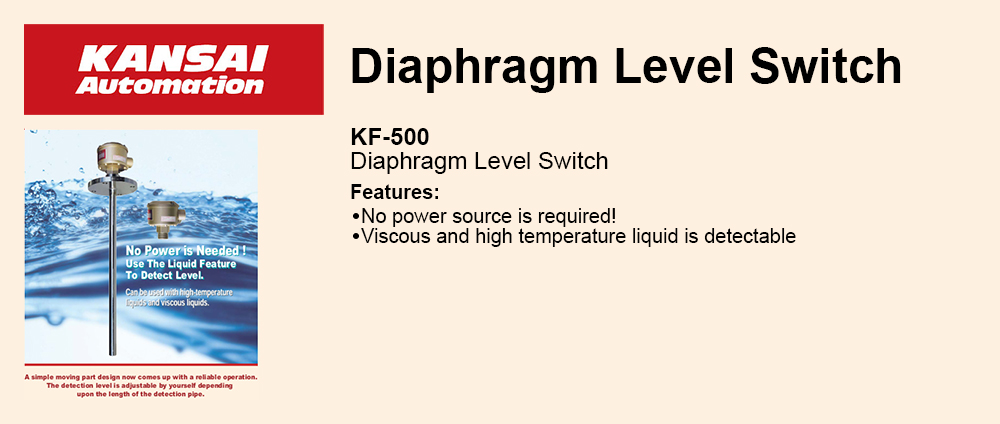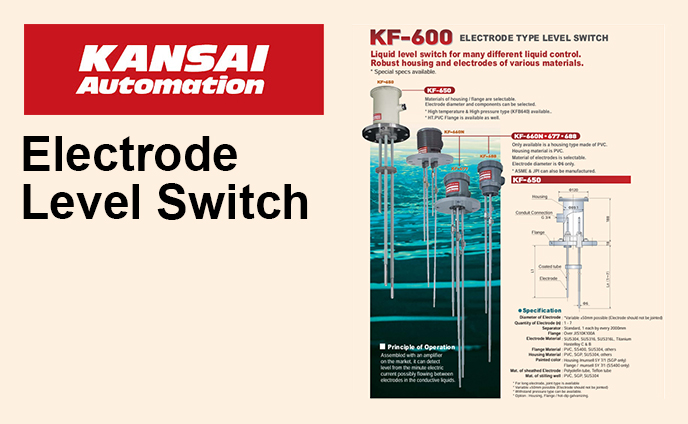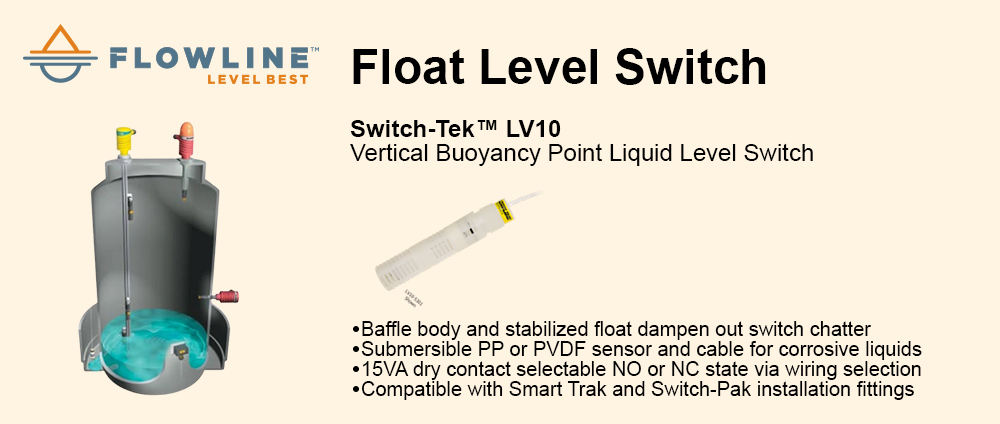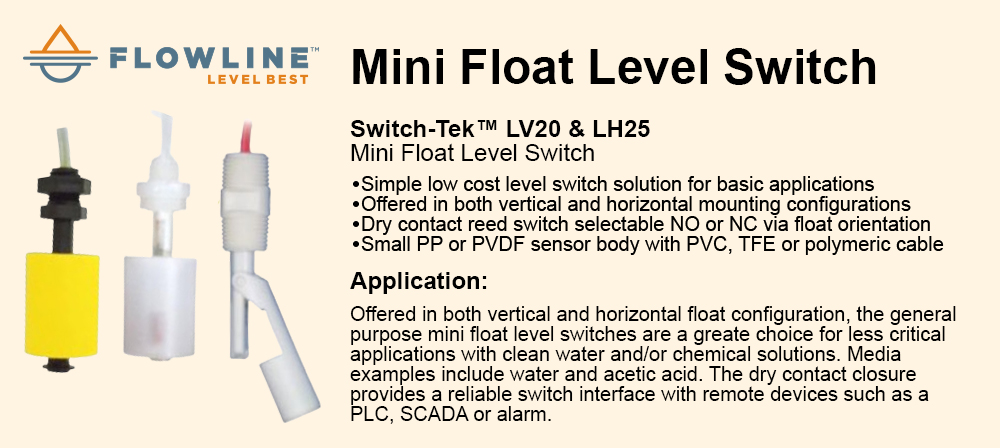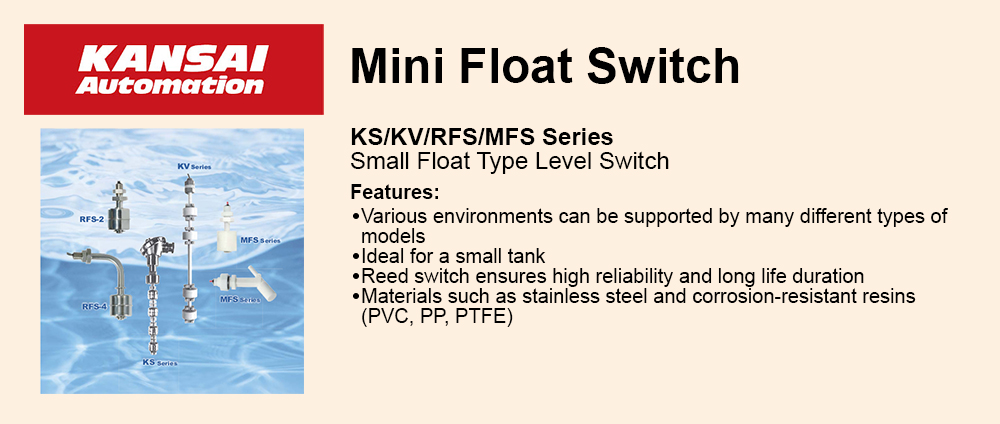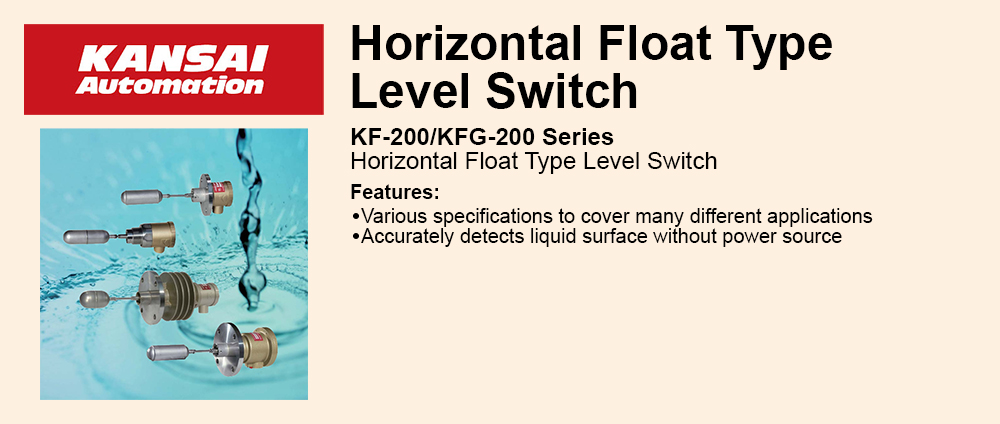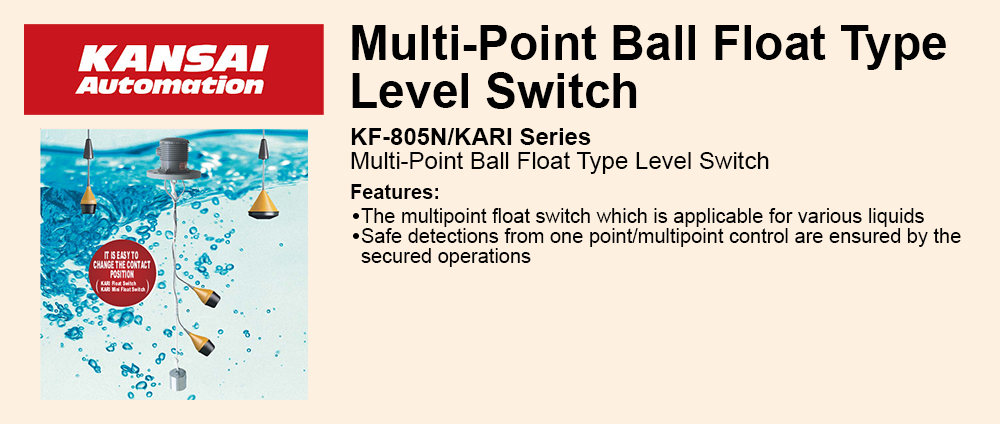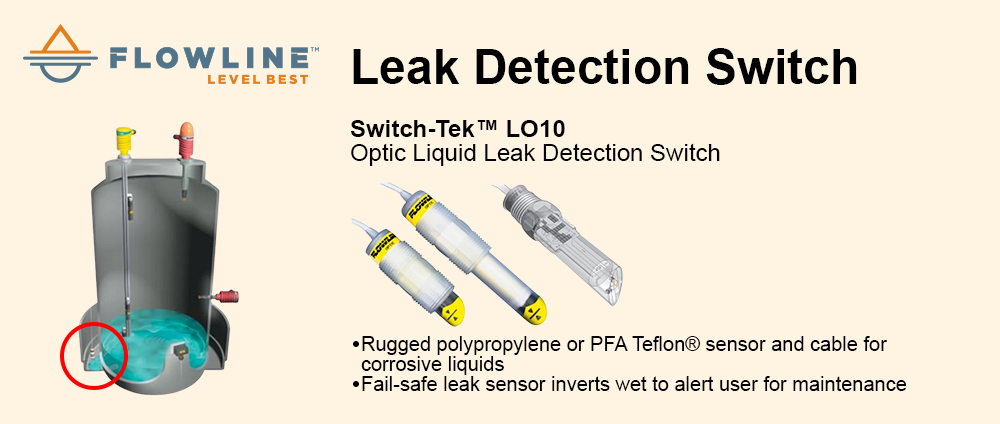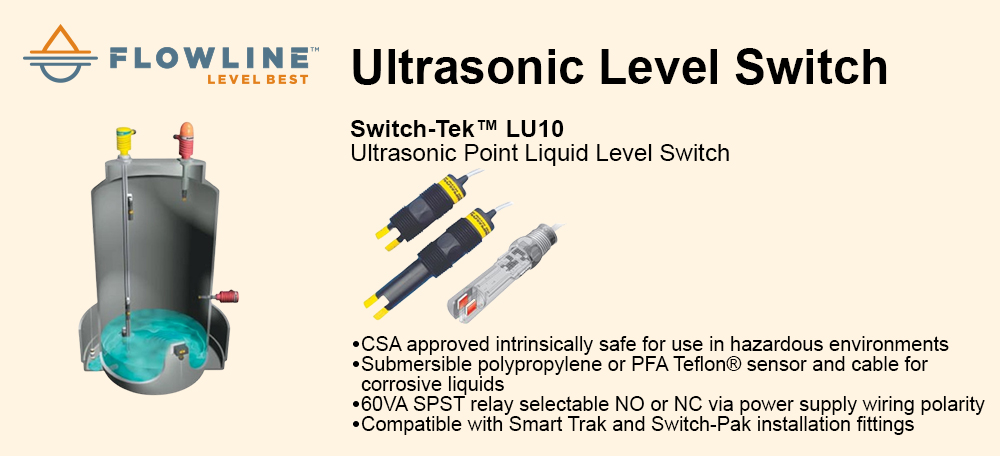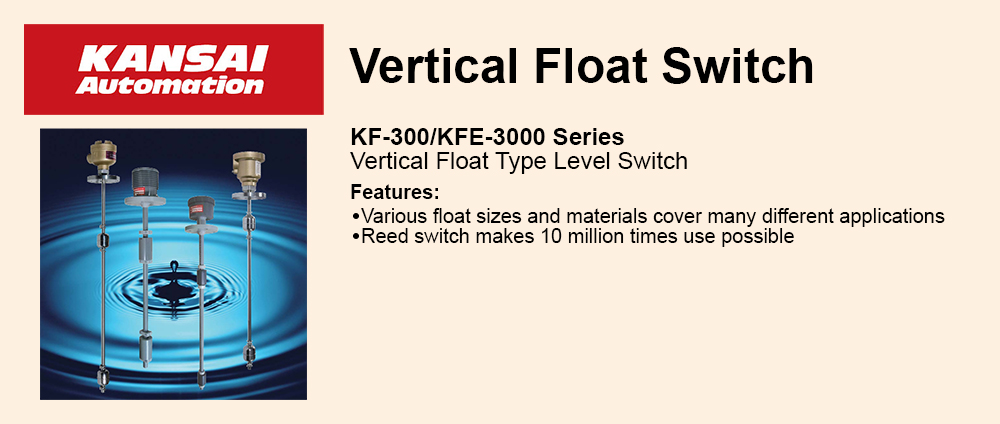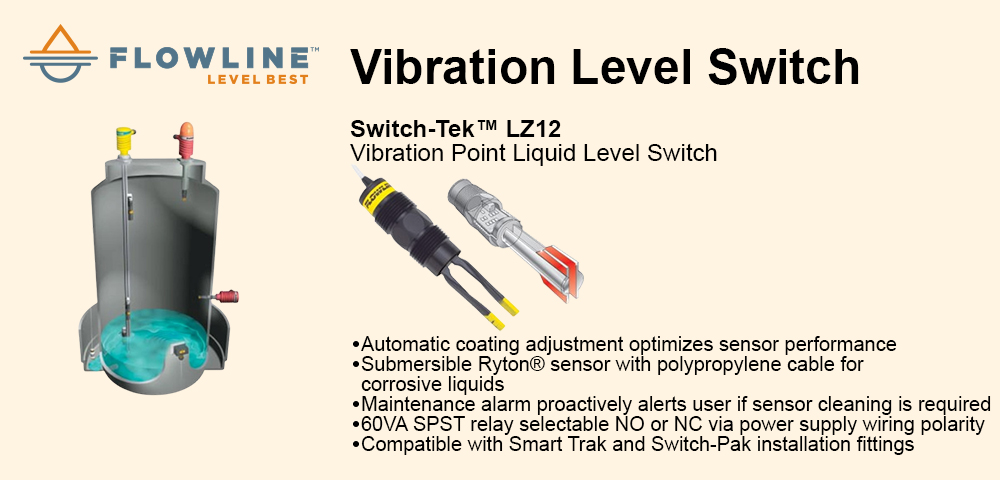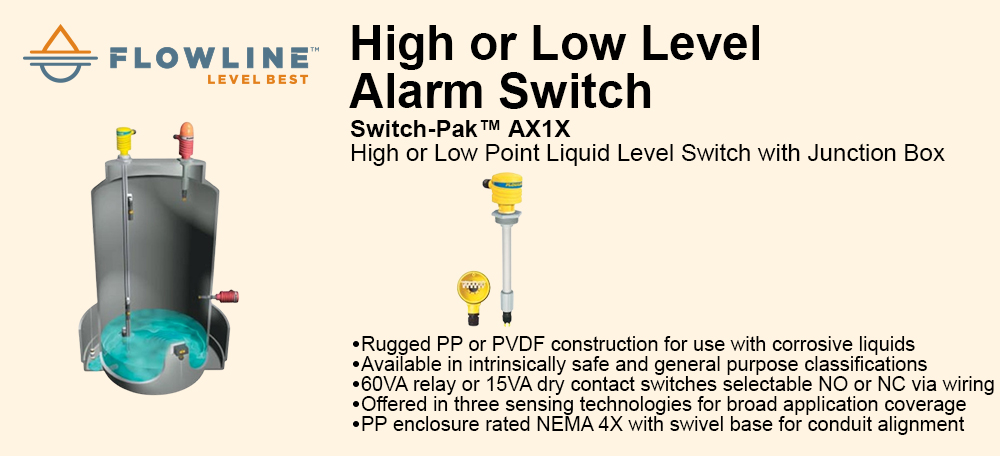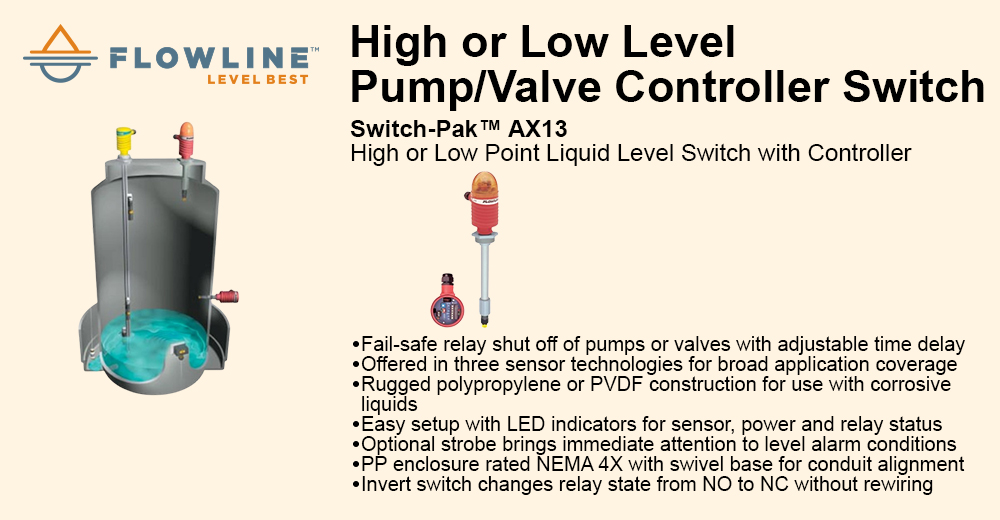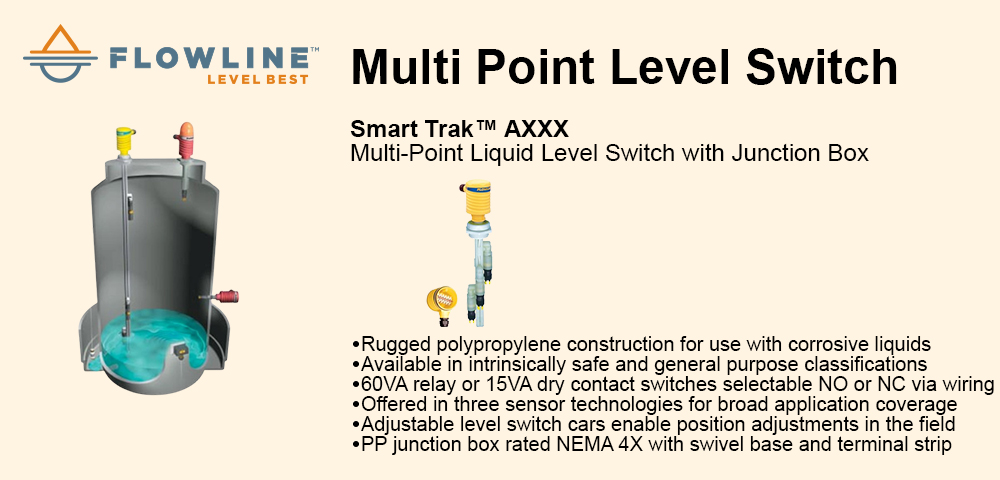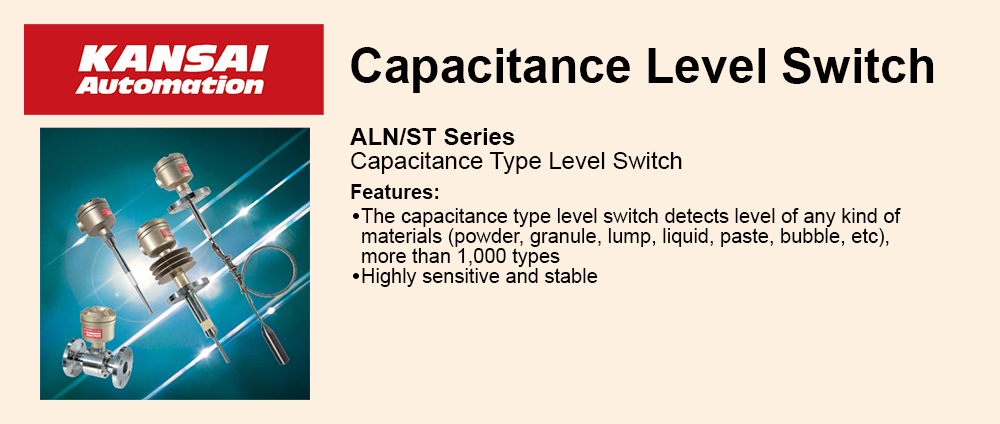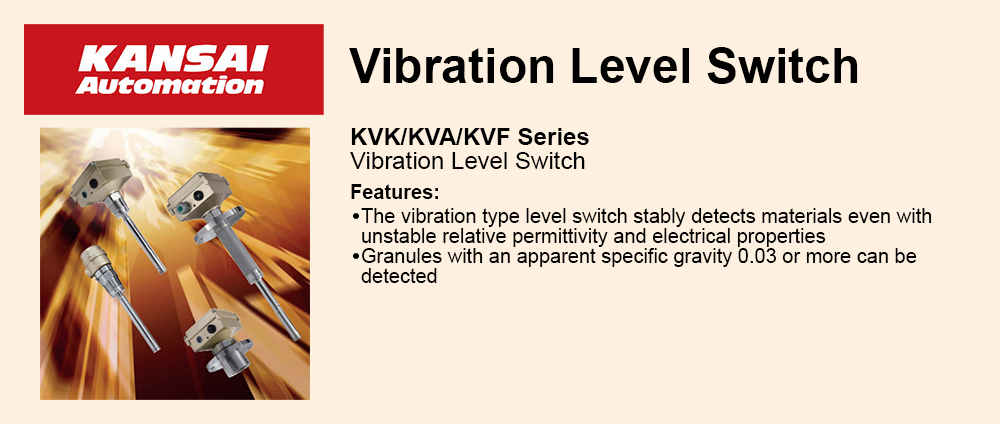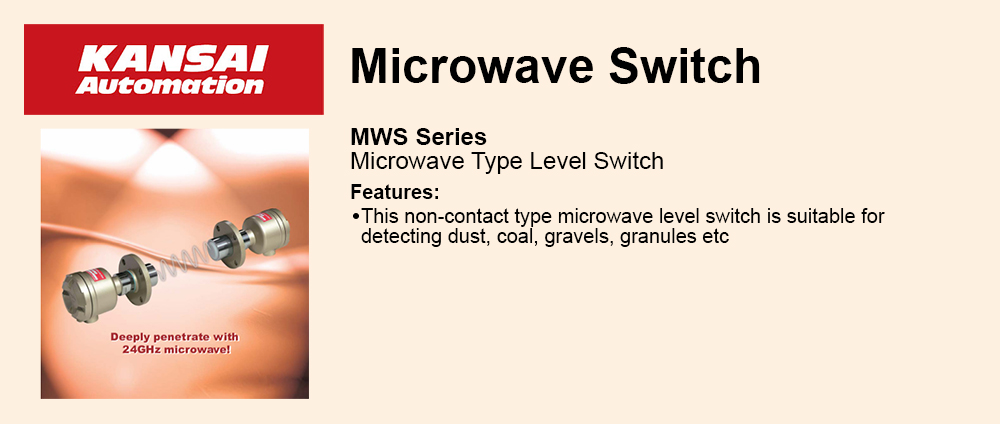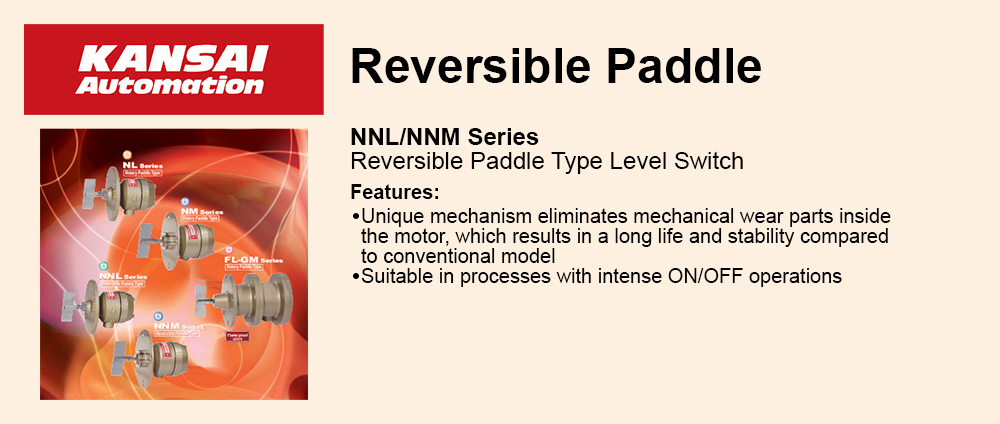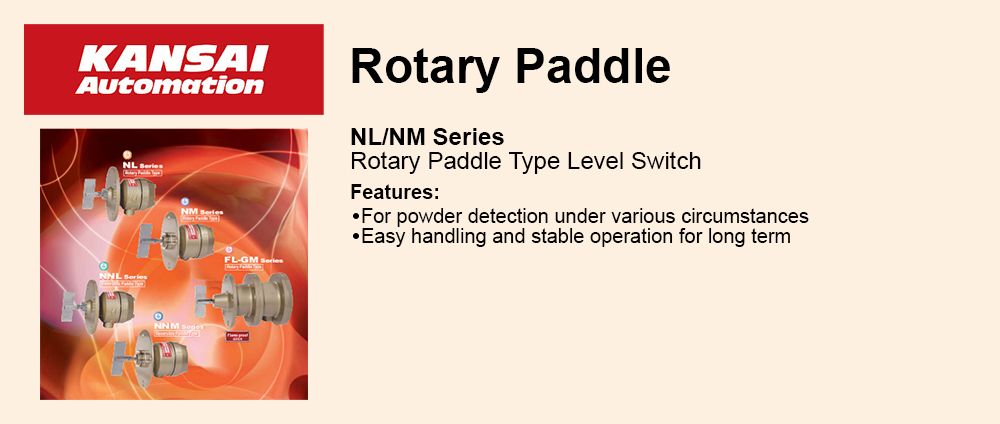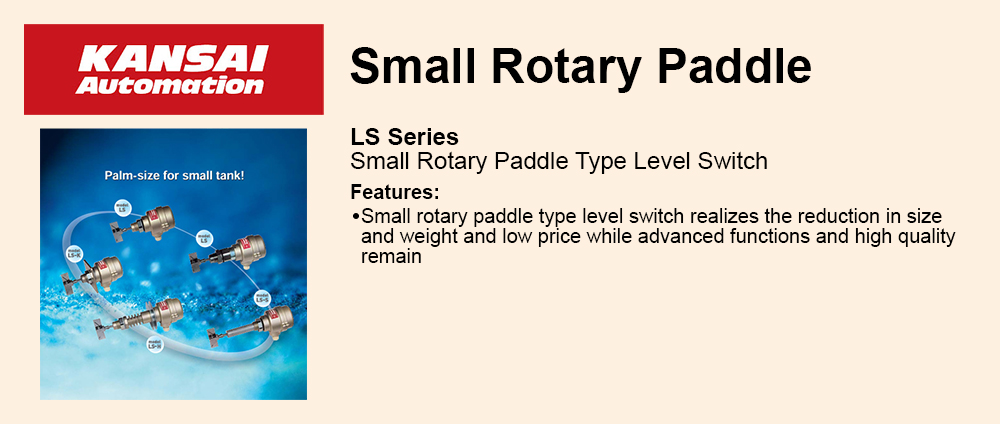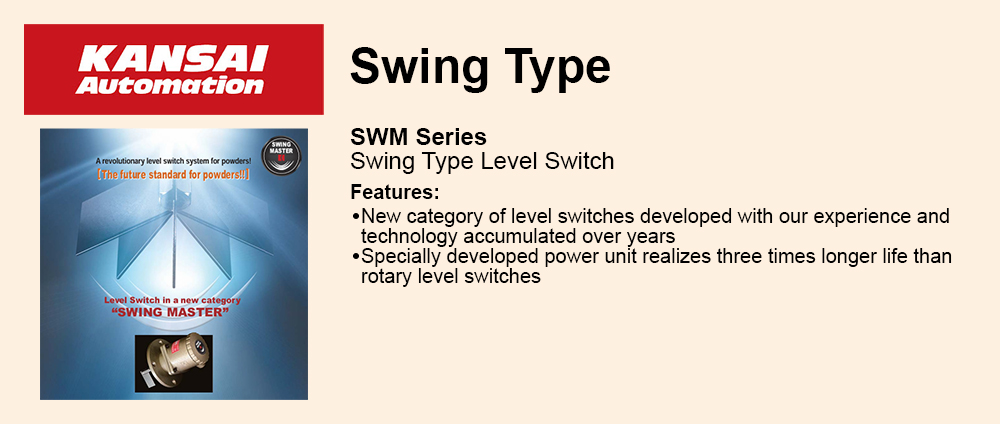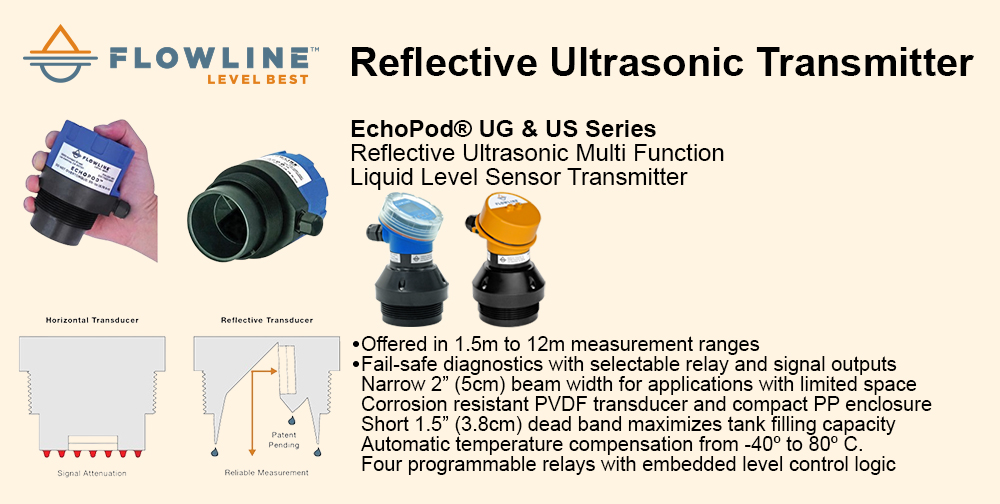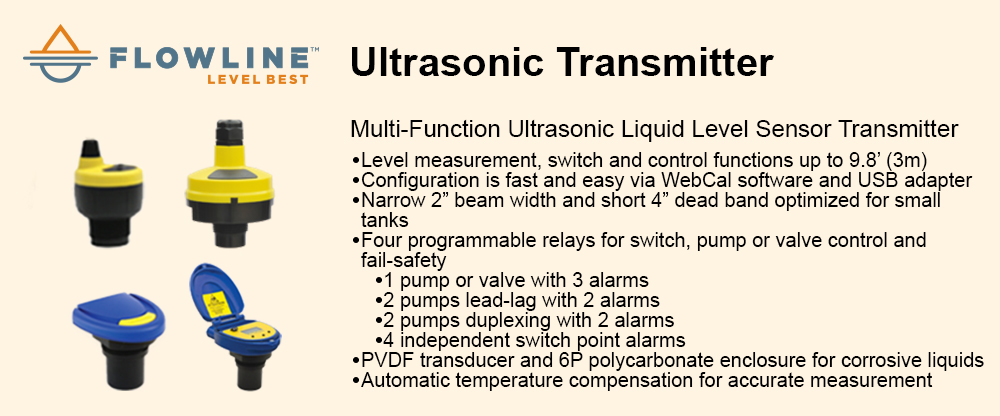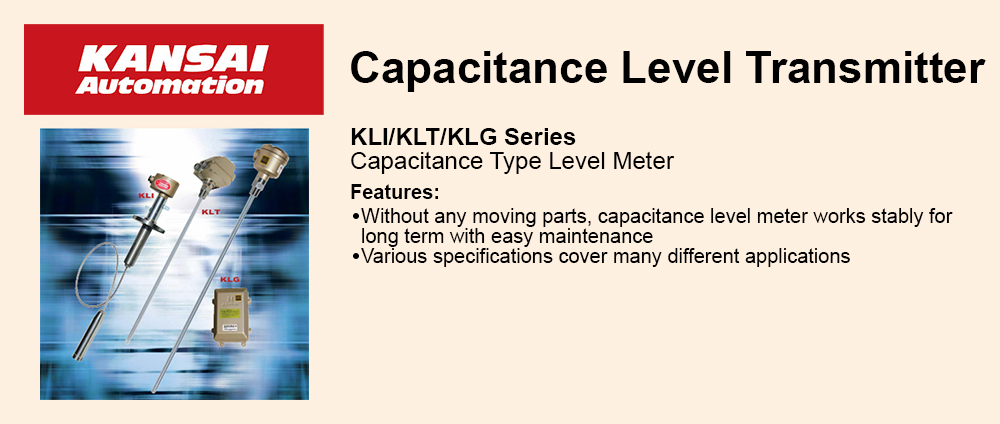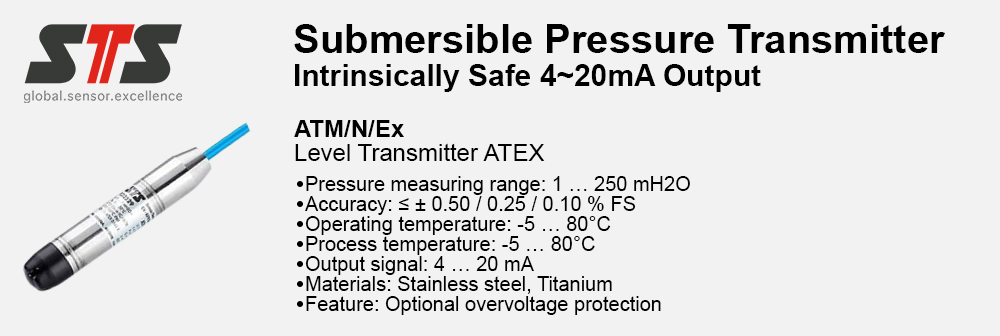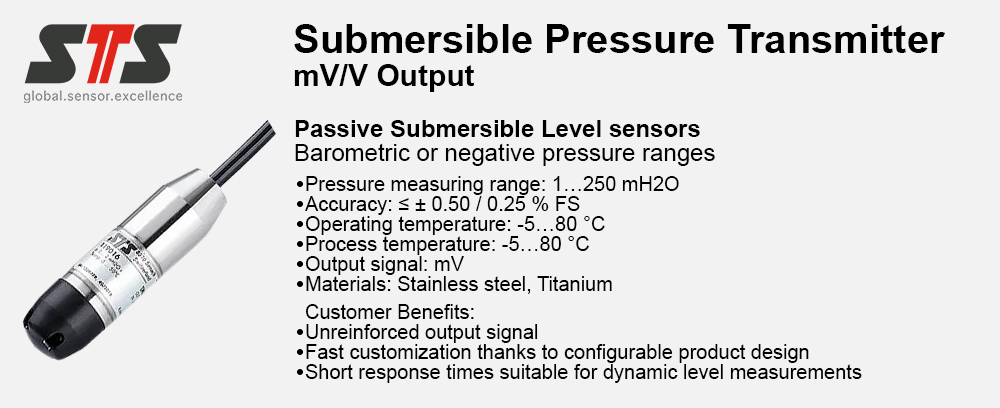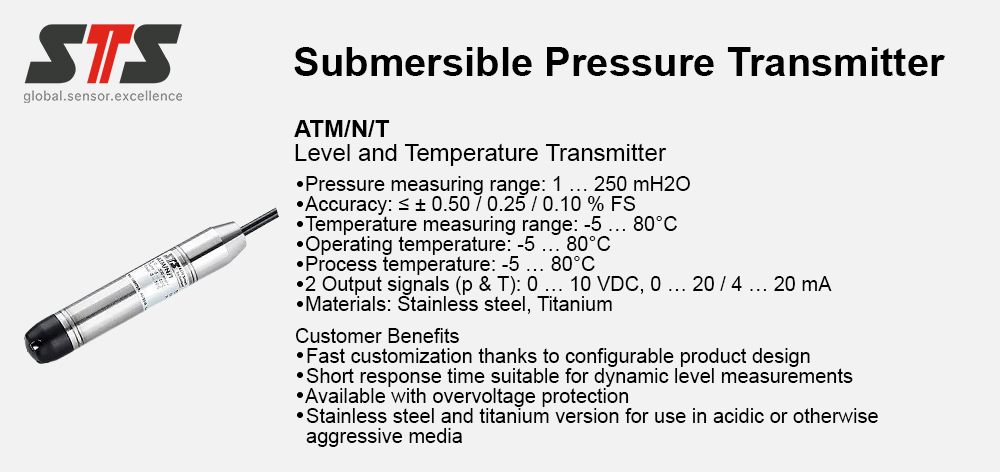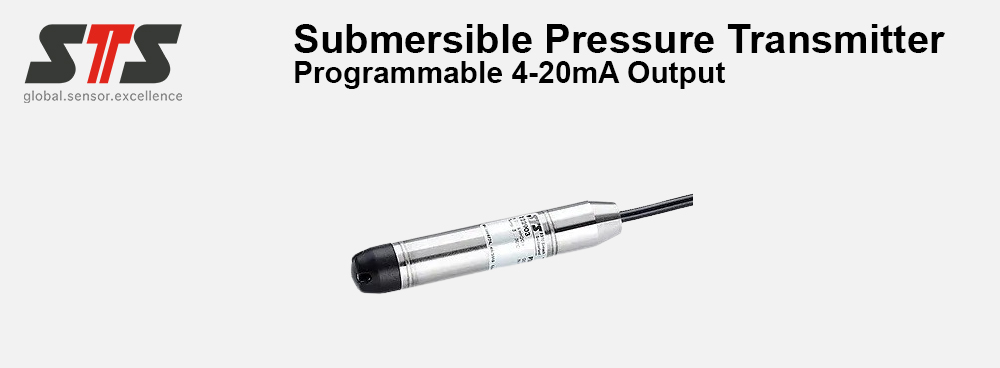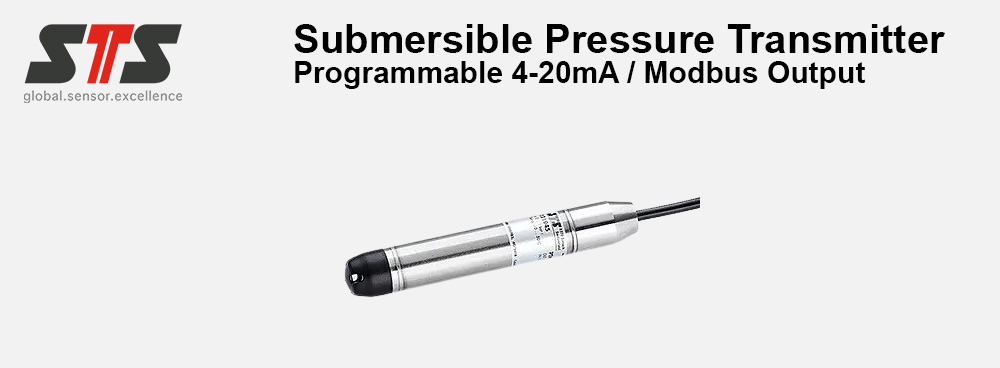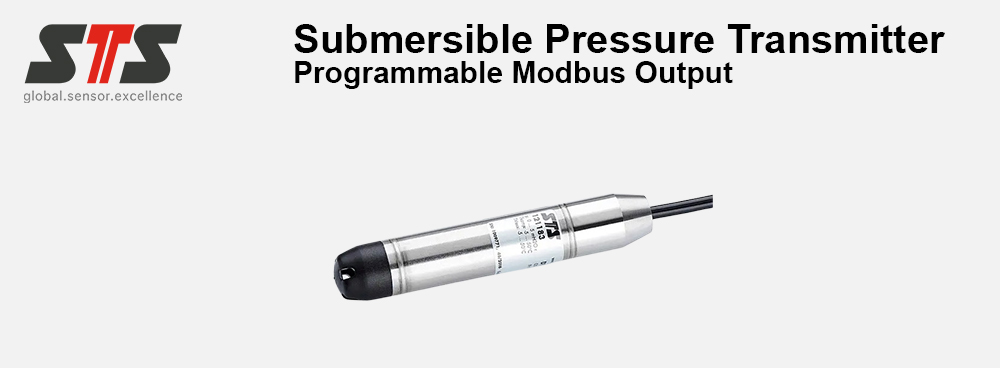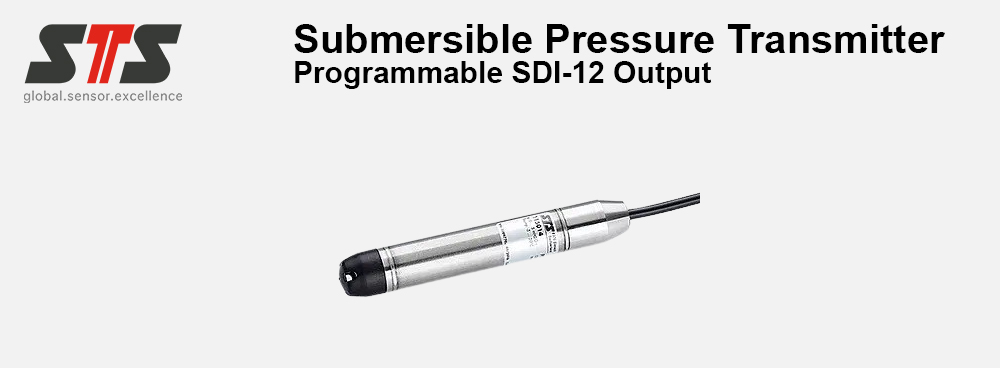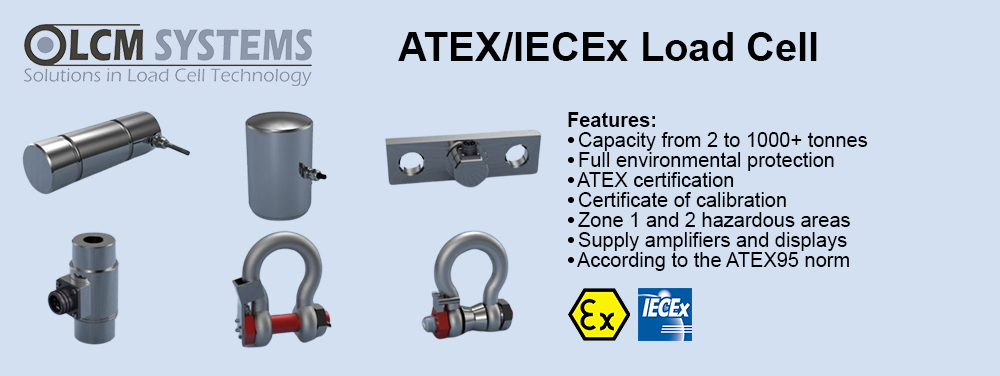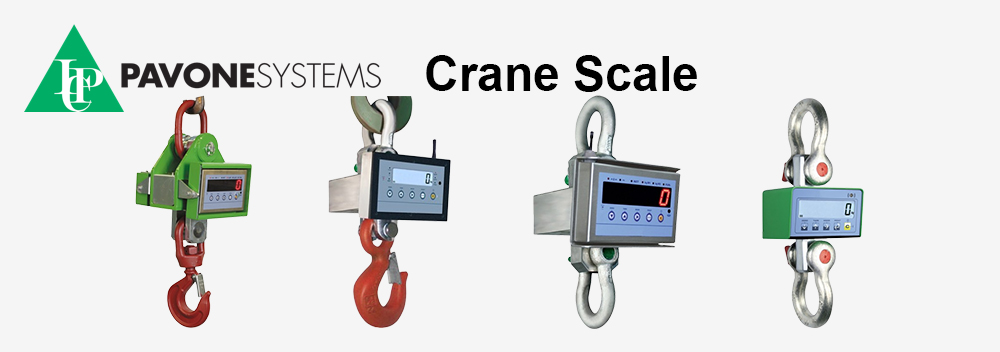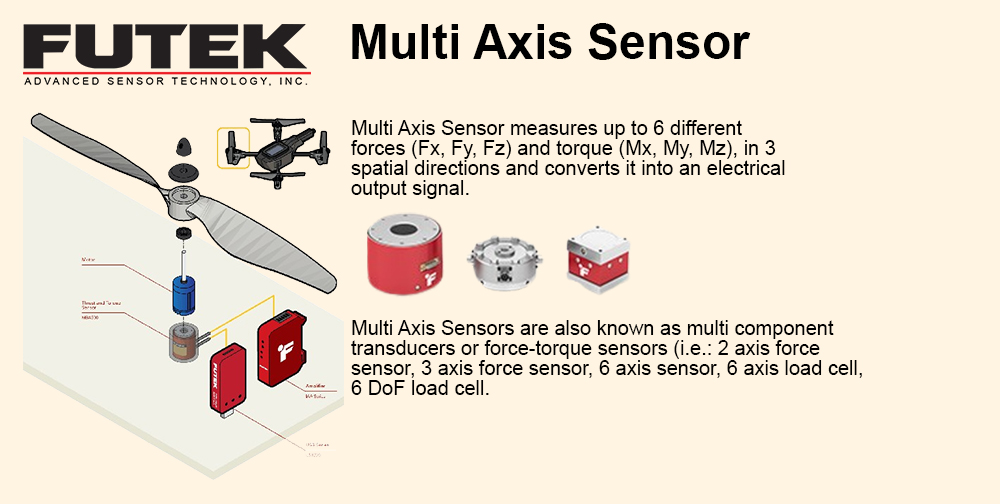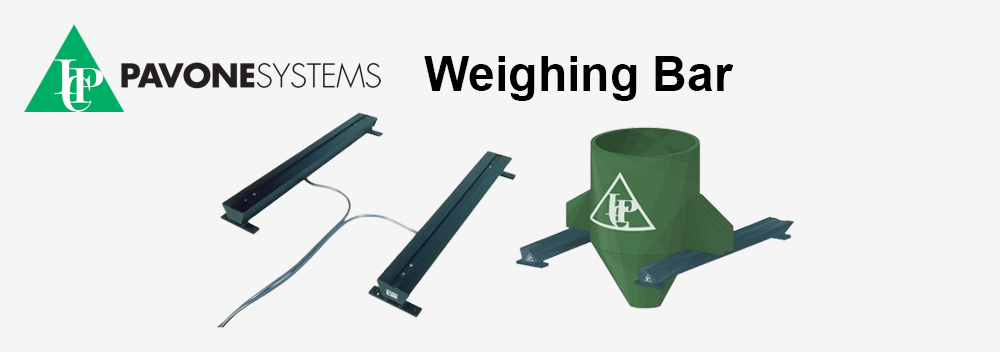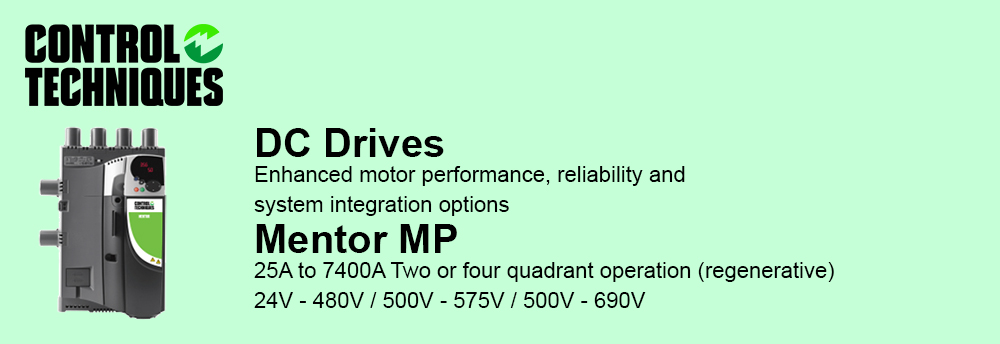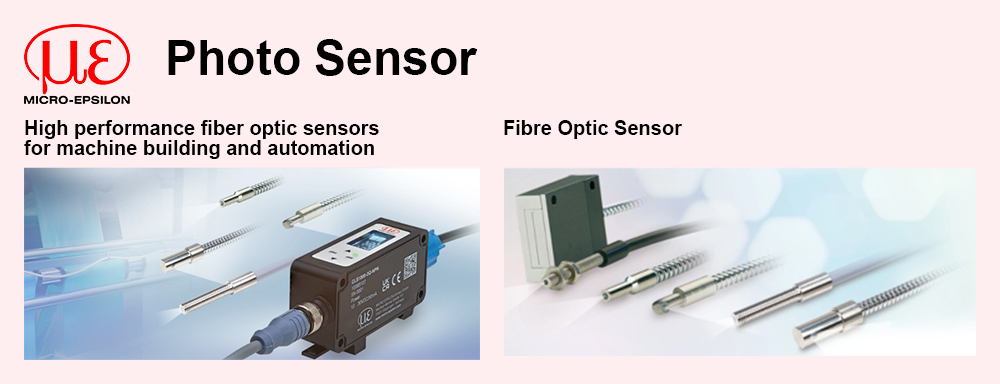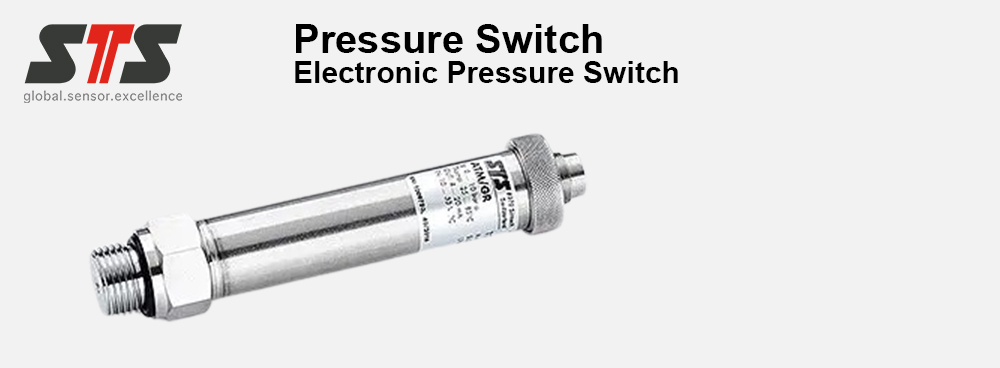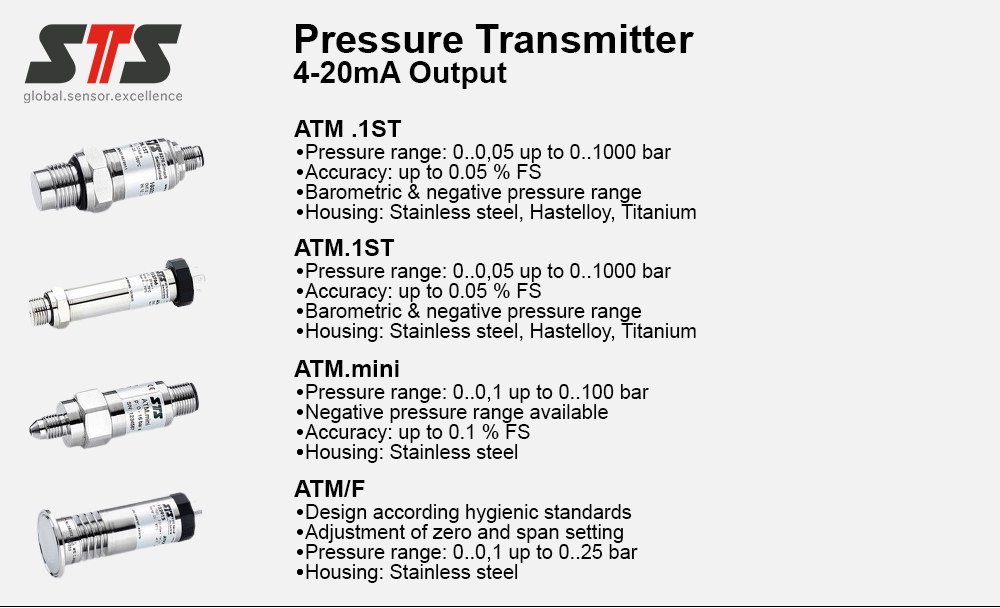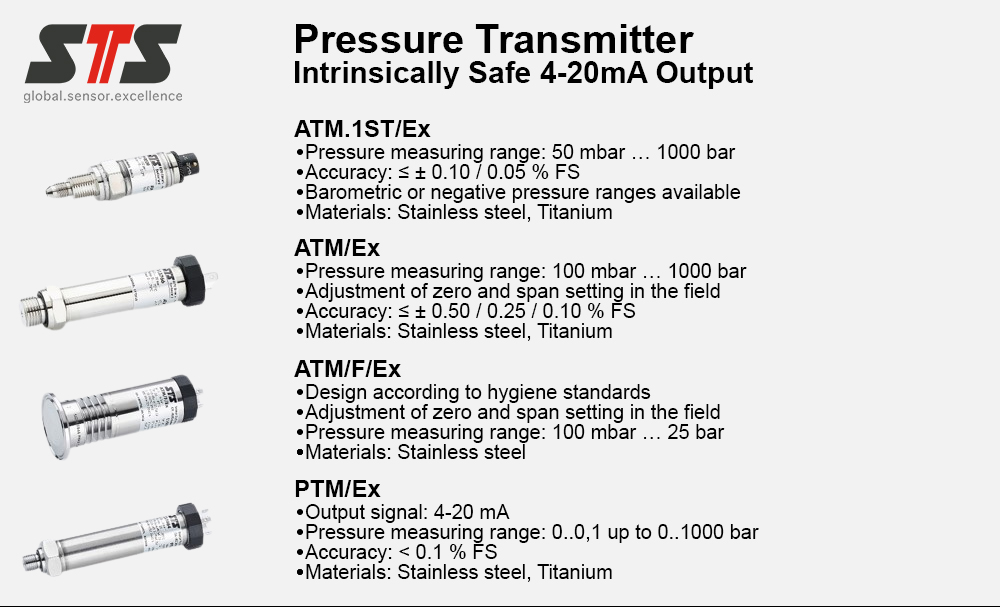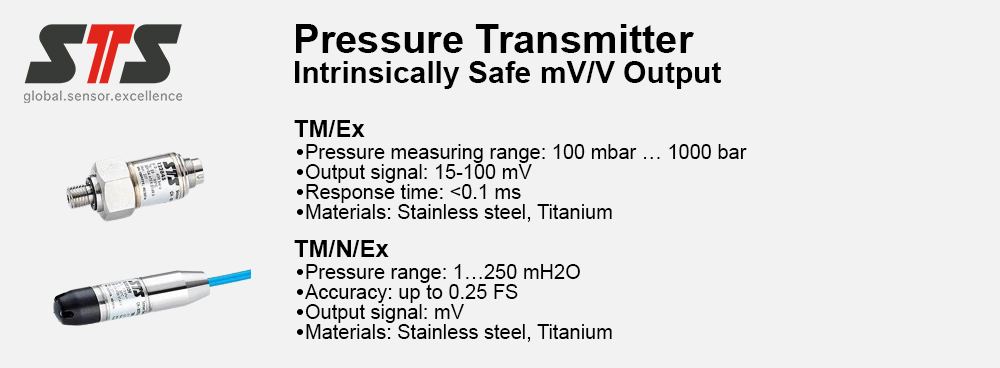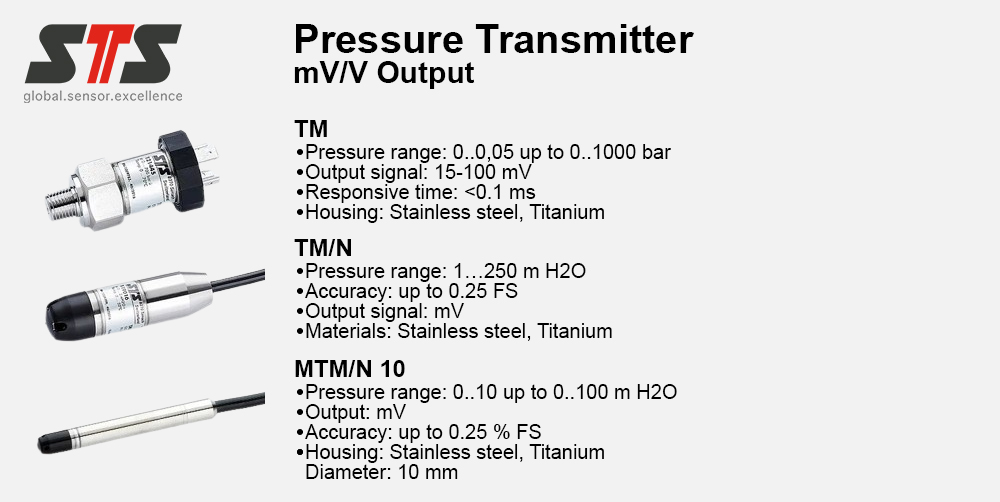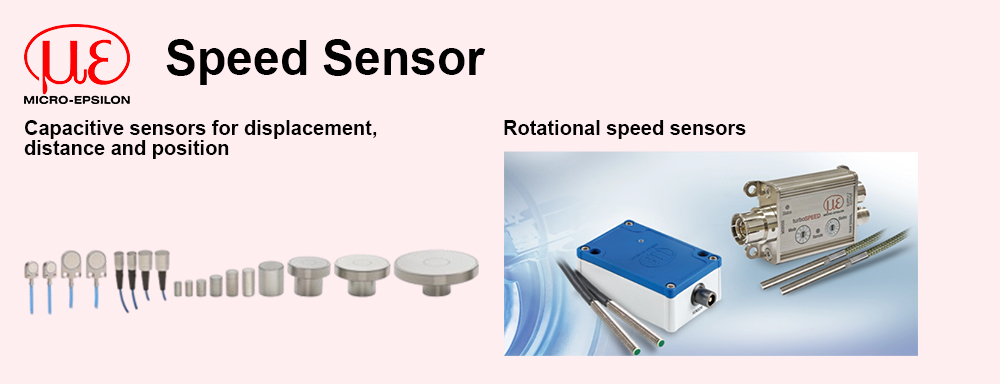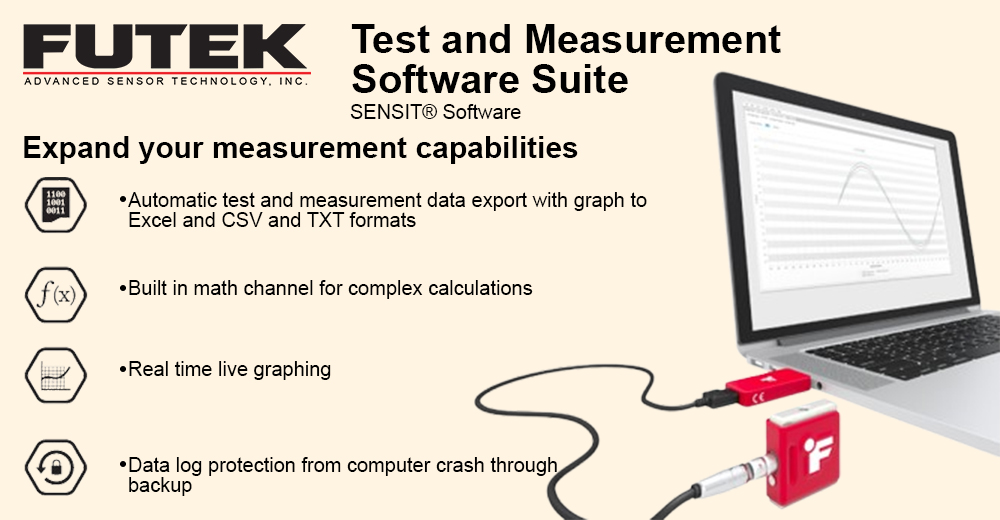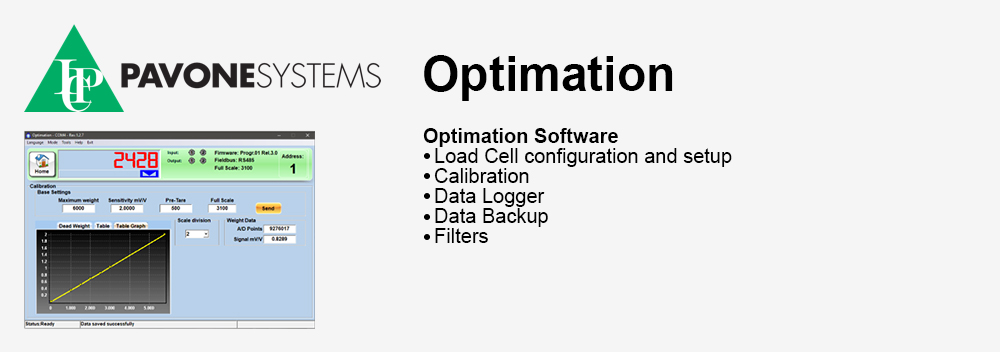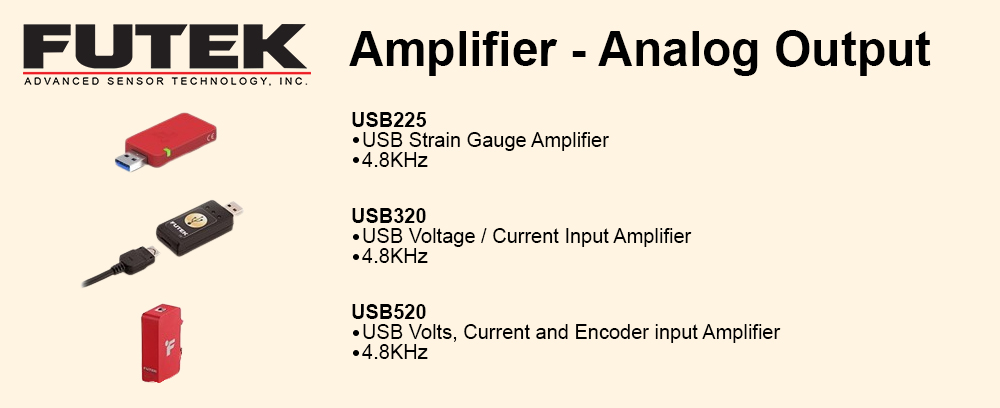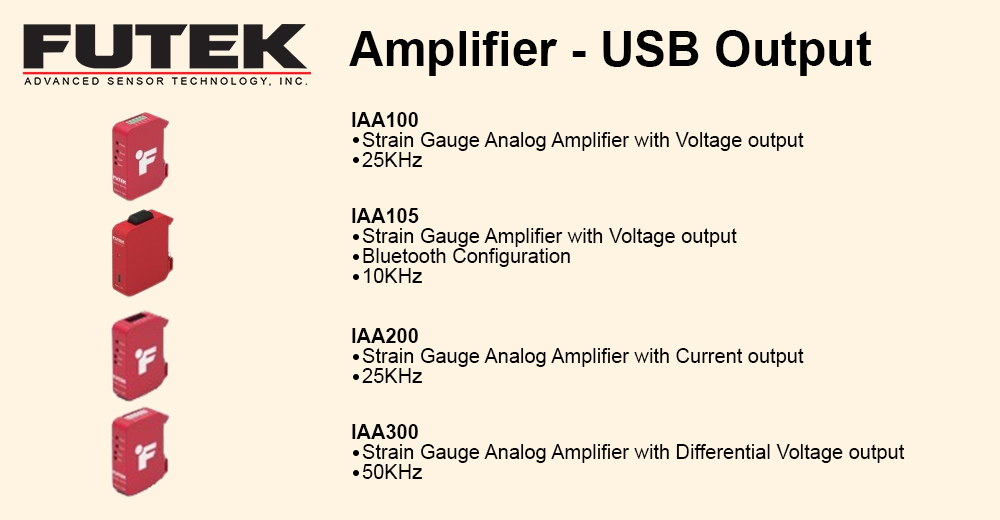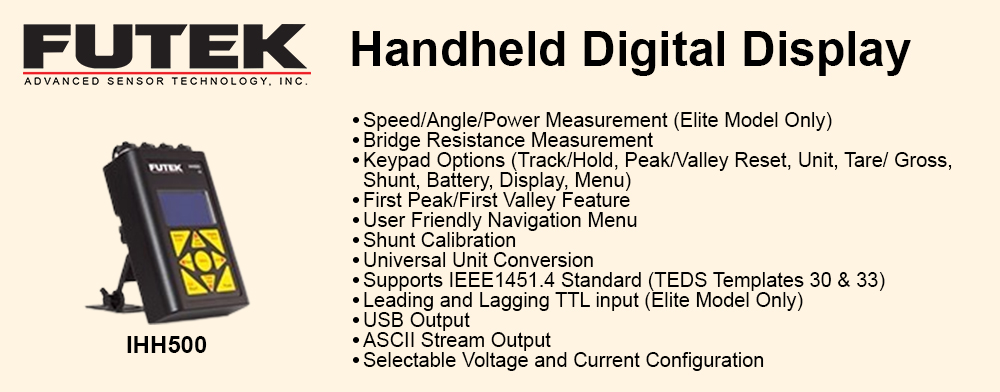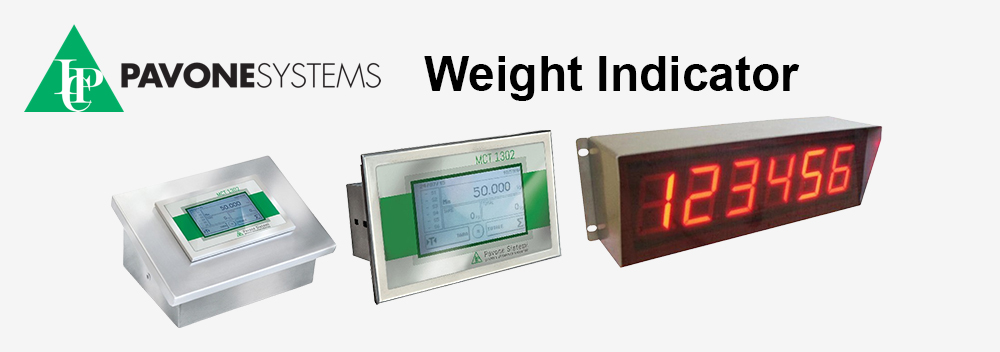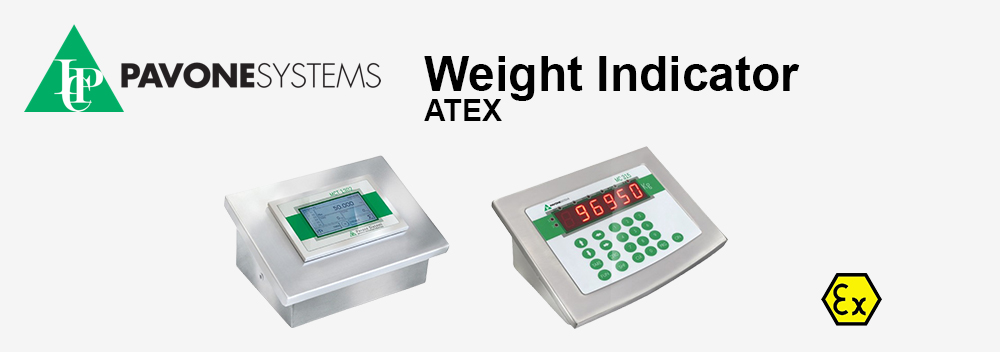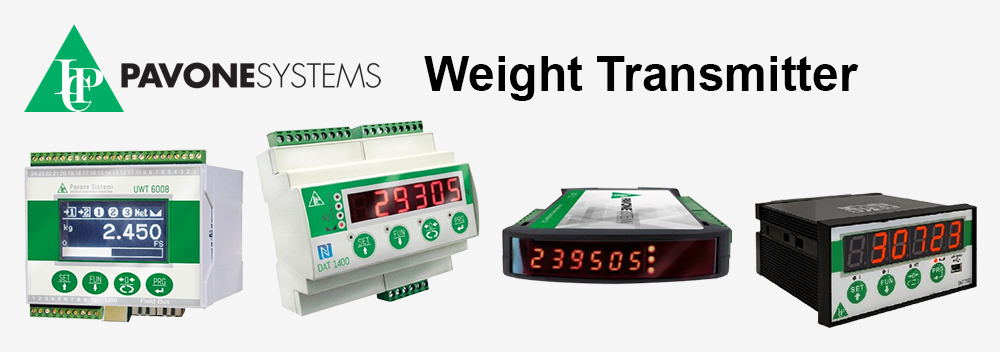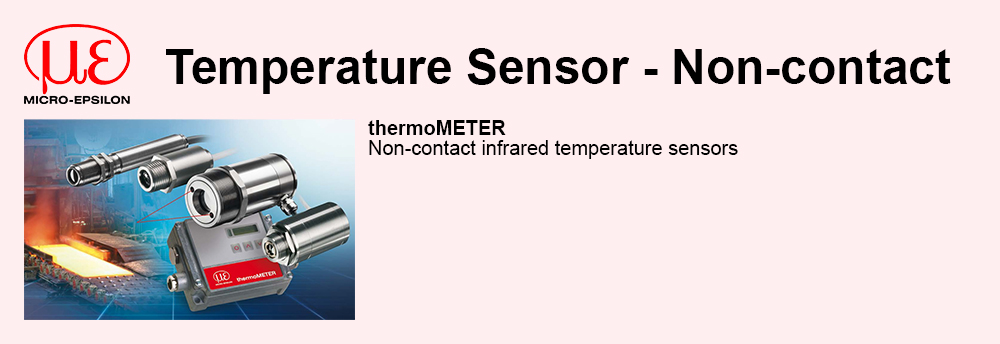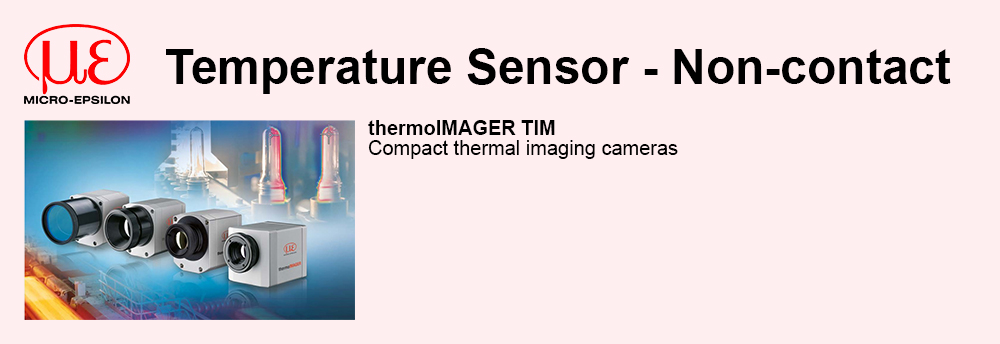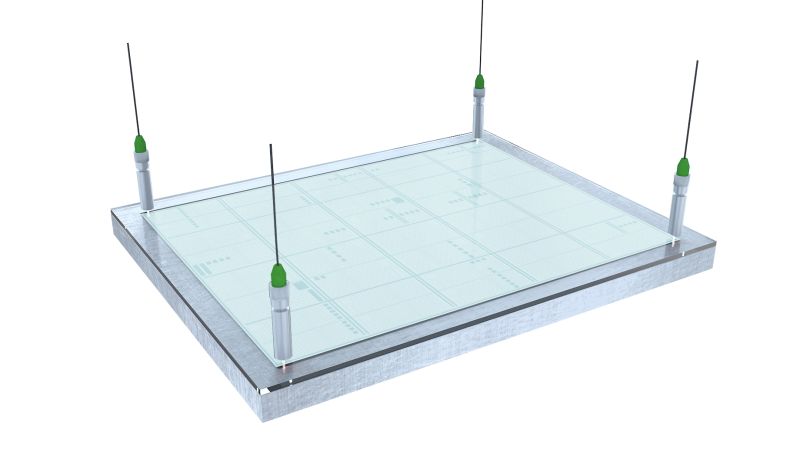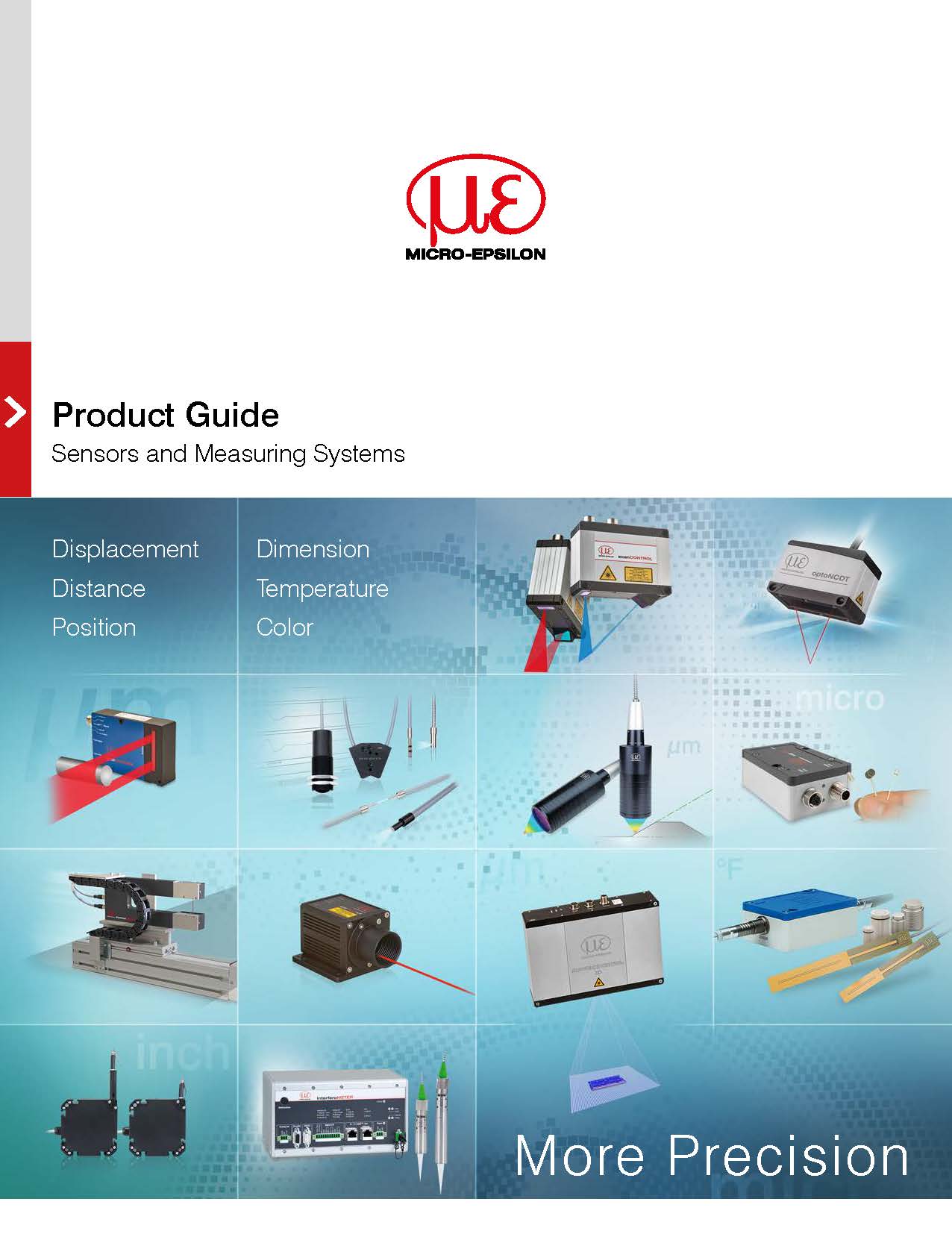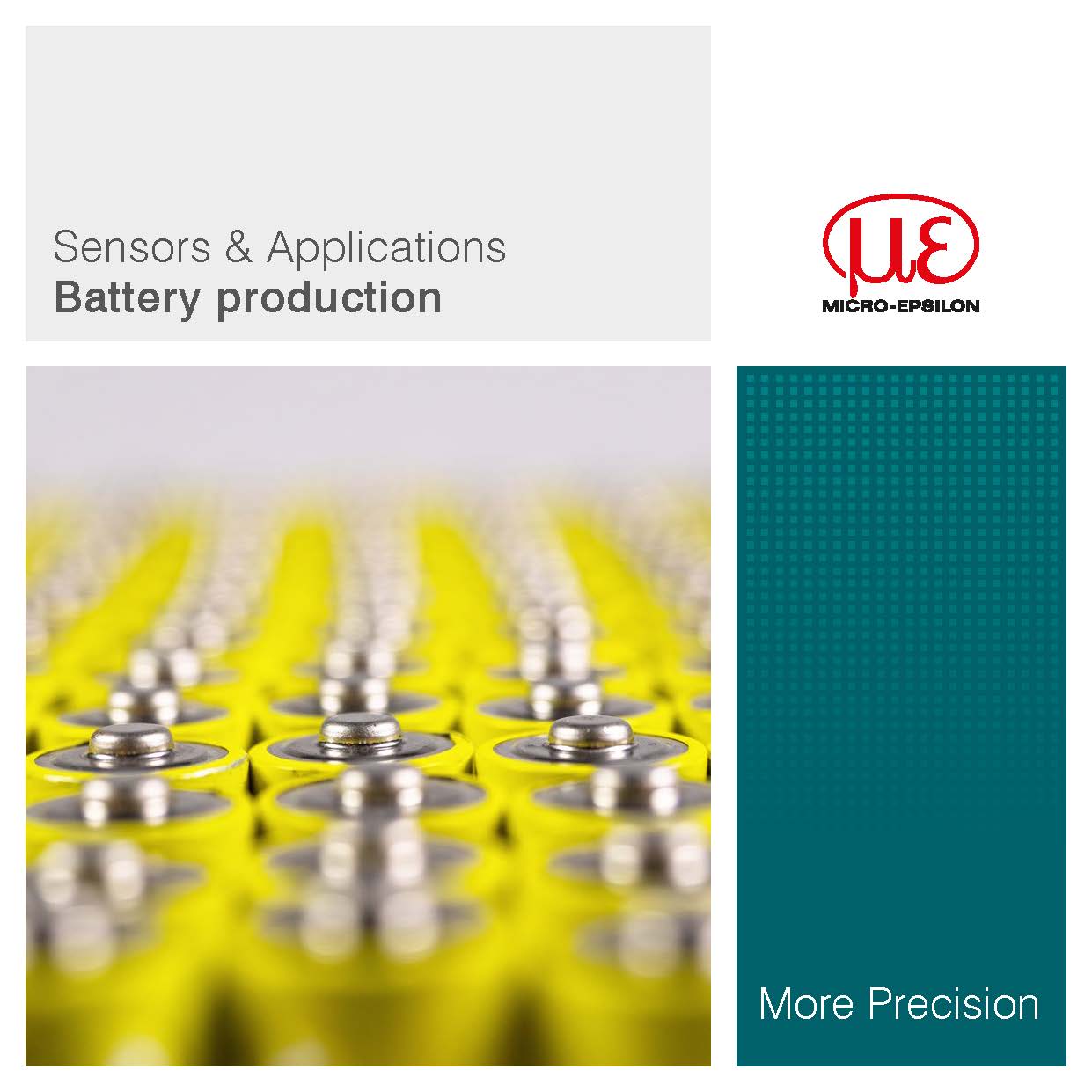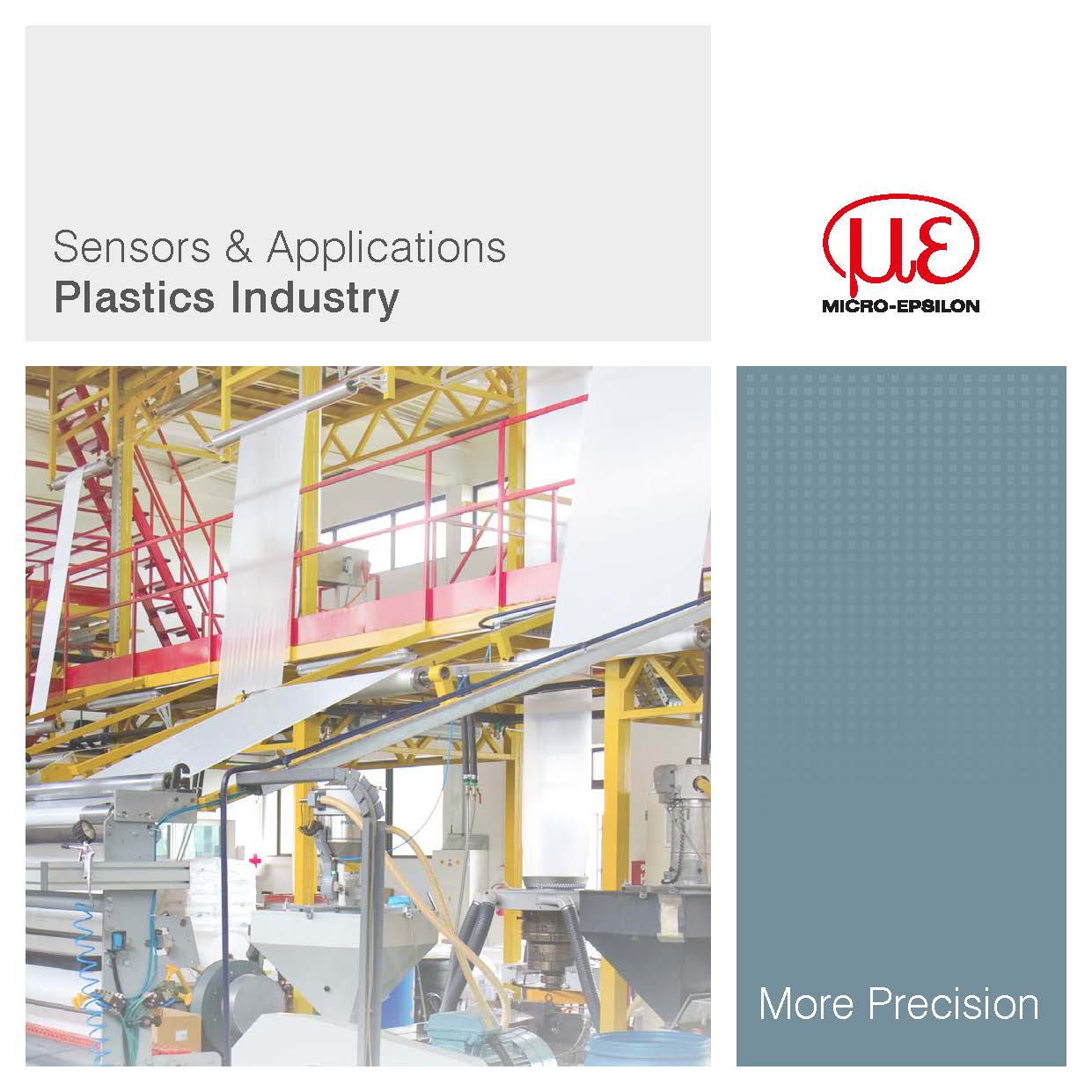Gap, roller gap, roller convexity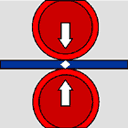 If two object edges are joined together, a gap always remains. If the gap has to satisfy technical or visual requirements, the course with respect to the size must be checked. If the gap should be measured completely, laser scanners in the scanCONTROL series are ideally suitable for this. Point laser sensors in the optoNCDT group are also used for precise gap measurement over a track. Sensor technology applied |
| __________________________________________________________________________________________________________ |
Special roll gap measurement on calender press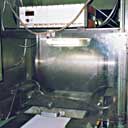 For continuous, uniform material processing in the field of sealing technology, the gap between the rolls must be set with the hydraulic adjustment device and maintained constant. For this reason the top and bottom rolls are provided with a shoulder and an aluminum ring as measurement objects to the left and right. Using the aluminum ring, errors due to the roll material can be avoided. Two eddy current sensors mounted opposite one another measure the distance to the aluminum ring from a fixed reference point. The roll gap can be found from the sum of the two distances. Sensor technology applied |
| __________________________________________________________________________________________________________ |
Pistons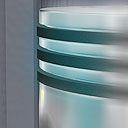 Combustion engines must withstand maximum loads during a long service life. In order to deal with this requirement, eddy current sensors from the eddyNCDT series are installed in the engine for many different measurements. As the smallest eddy current sensors in the world, these sensors can be used in the fuelled condition. Examples of measurement already being carried out are: valve lift, needle lift, breathing of the cylinder head, lubrication gap on the cylinder, oil film thickness, crankshaft concentricity, crankshaft axial movement and piston secondary movement. Sensor technology applied |
| __________________________________________________________________________________________________________ |
Piston – Top Dead Center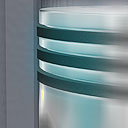 The Top Dead Center of the cylinder movement is measured for adjustment of the precise ignition point in engine development. In doing so, a miniature eddy current sensor is integrated in the cylinder head cover. From this position, it precisely measures when the piston is at the smallest distance from the sensor. The ignition is optimum at precisely this time. Earlier or later ignition would reduce the efficiency of the engine. This measurement is only possible in towing operation. Sensor technology applied |
| __________________________________________________________________________________________________________ |
Piston Secondary Movement and Piston Ring Position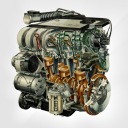 To improve the construction of internal combustion engines and damage analyzes, it is neccessary to measure the thermal and mechanical loads in the engine. Two important variables here are the transverse movement of the piston (secondary movement) and the position and deformation of the piston rings during the individual operating strokes. The measurements must be made under operating conditions in order to provide reliable results. To do this, the engine is run on the bench either in test mode or normal operating mode. Sensor technology applied |
| __________________________________________________________________________________________________________ |
Piston secondary movement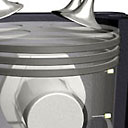 To improve the construction of internal combustion engines and damage analyzes, it is neccessary to measure the thermal and mechanical loads in the engine. Two important variables here are the transverse movement of the piston (secondary movement) and the position and deformation of the piston rings during the individual operating strokes. The measurements must be made under operating conditions in order to provide reliable results. To do this, the engine is run on the bench either in test mode or normal operating mode. Sensor technology applied |
| __________________________________________________________________________________________________________ |
Air gap measurement in large electric motors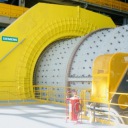 With very large electric motors (diameter larger than 10m) it is important for reasons of cost effectiveness and energy efficiency, to know the radial run out of the rotor from the stator inside the motor. These electric motors are intended for use in rock grinding mills for cement production or mining. Due to imbalances during operation, the rotor may touch the stator, which would cause much damage. This is why sensors are used to measure the distance between the stator and rotor and to monitor the so-called rotor gap whilst the motor is in operation. For this application, capacitive sensors with a measuring range of approx. 30mm are used. Sensor technology applied |
| __________________________________________________________________________________________________________ |
Inspecting gaps in car trims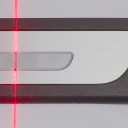 In high quality vehicles, the trim typically consists not only of a single material (e.g. plastics) but many different bonded materials. This offers various design options but also many additional functions e.g. illumination using semi-transparent parts. Bonding or welding these elements requires precise handling, as parts that are only slightly misaligned can cause large deviations in the corresponding gap size. In order to meet the high requirements demanded by automotive manufacturers, it is necessary to inspect all trim prior to delivery and to rework any defective parts. And this is where the scanCONTROL 2910-25 laser scanner comes in. Sensor technology applied |
| __________________________________________________________________________________________________________ |
Detection of turbocharger rotor dynamics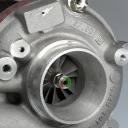 In order to inspect the behavior of turbochargers during different stress states, eddy current displacement sensors are applied in turbocharger test benches. The miniature design of the sensors and their resistance to oil and high temperatures enable the precise detection of the lubricating gap of hydrodynamically stored rotor shafts. Sensor technology applied |
| __________________________________________________________________________________________________________ |
Lubrication gap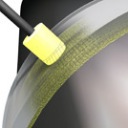 Sliding bearings are used for crankshaft bearings in the engine. A specific minimum distance is required so that the bearing operates as wear-free as possible. Miniature eddy current sensors are integrated in the bearing for this. They measure the distance through the bearing half-shell on the crankshaft. It can thus be established whether sufficient oil is lubricating the shaft in the bearing. If the film of oil breaks down, the distance to the shaft must be almost zero. This is because a certain minimum clearance from the bearing to the shaft is required due to the viscosity of the oil. Sensor technology applied |
| __________________________________________________________________________________________________________ |
Quality control of medical tablet stamps and dies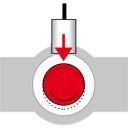 According to ISO 18084:2011, the press tools for the tablet production are subject to a continuous quality control. Due to complex geometry and a strongly reflecting surface, automatic inspection of stamps and dies has been difficult. Only the use of a confocal sensor (confocalDT 2451) and an optical micrometer (optoCONTROL 2600) together with a precise movement with 5 degrees of freedom enabled the development of »Ti-1«. Ti-1 is a complex measurement system equipped with a USB interface and special software for the geometric and visual inspection of tools. Sensor technology applied |
| __________________________________________________________________________________________________________ |
Weld seam inspection on pipes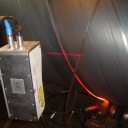 A perfect weld seam is essential in a leak tight pipe. scanCONTROL laser scanners are therefore used during spiral welding to align the weld flanks. This results in a much more reliable welding process. The long base distance of 600mm and the protective housing for the sensor are also important here. Sensor technology applied |
| __________________________________________________________________________________________________________ |
Gap measurement in photovoltaic modules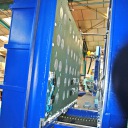 The module is hermetically sealed using a vacuum during a new method for the production of photovoltaic modules. The correct distance between glass front and metal rear side is important for this vacuum. Therefore, the distance of the glass pane to the rear side is automatically measured from one side in the production using confocal sensors. Sensor technology applied |
| __________________________________________________________________________________________________________ |
Gap detection on glass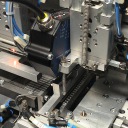 Glass substrates are required for certain medical tests. During manufacture of silicon chips, the substrate is milled in a defined grid with a depth of 800µm. For separation, the substrate is broken at pre-defined breaking points in a breaker station. For this, the glass pane must be positioned precisely. An optoNCDT 1700 sensor is used here for gap measurement. Sensor technology applied |
| __________________________________________________________________________________________________________ |
Gap measurement of brake discs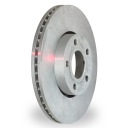 In any type of vehicle, the braking system is one of the most important safety features. This is why high requirements are placed on all braking system components. When manufacturing brake discs, the different sizes must be strictly adhered to. One critical feature is the gap between the plates of the brake disc. Therefore, the gapCONTROL 2911-25 gap sensor is used. Sensor technology applied |
| __________________________________________________________________________________________________________ |
Closed-loop gap control in magnetic bearings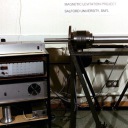 Sensor technology applied |
| __________________________________________________________________________________________________________ |
Gap measurement of tripping pins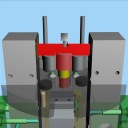 When triggering a switching operation in test equipment for camshafts, a tripping pin is moved at high speed. A gap measurement detects whether the tripping pin has been completely extended and if it has been triggered with the required speed. Evaluation of the displacement-time-signal determines all parameters reliably. The optoCONTROL 1200/90 optical micrometer carries out these measurements. Sensor technology applied |
| __________________________________________________________________________________________________________ |
Gap monitoring in car interiors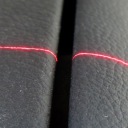 Car interiors present a number of gaps, for example, between the single cockpit elements such as the center console or door trim. From a technical point of view, it is often irrelevant if the width and height of a gap are constant. However, the interior is an area of the car that the customer sees first. The gapCONTROL profile scanner inspects the gaps of all parts in the car interior during final assembly. Sensor technology applied |
| __________________________________________________________________________________________________________ |
Gap and flushness measurement of car bodywork parts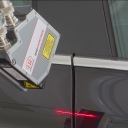 The demands on car bodywork are increasing, not only from a technical viewpoint, but also with regards to the optical design. Therefore, a door that doesn’t close flush could fulfill the technical purpose but would be detected immediately by the eye of the prospective buyer. A bonnet/hood with different gap sizes on both sides is also a considerable flaw. The typical approach for measuring gaps is to use manual feeler gages, which is time-consuming and costly. This method is prone to error due to human factors, which is why the gapCONTROL gap sensor is used in modern production lines to inspect bodywork gaps quickly, reliably and consistently. Sensor technology applied |
| __________________________________________________________________________________________________________ |
Eddy current sensors in tribology testers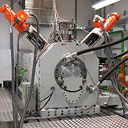 Eddy current sensors from Micro-Epsilon are used for various measurement tasks in tribology testers of the ITR in Clausthal. They withstand the harshest ambient conditions there as they measure directly on the shaft in the tester. A tester with water lubrication and a tester which examines plain bearings for the automotive industry have already been realized. The position of the test bearing case and the relative movement between the rotor and the test bearing is detected in the tester using eddy current sensors. Sensor technology applied |
| __________________________________________________________________________________________________________ |
Monitoring oil gaps in hydrostatic bearings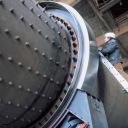 Hydrostatic bearings are used in large plant and machinery such as stone mills, telescopic installations etc. Monitoring the gap size is a critical factor, as any disturbances in the hydraulics can cause pressure drops, which in extreme cases, can cause the gap to close, resulting in damage to the bearings and ultimately system failure. Here, it is important to have a system that is easy to install as also ageing plants have to be retrofitted. Due to the long service life and the worldwide use of this plant, the sensor should be easy to replace. For this reason, non-contact eddy current displacement sensors of the eddyNCDT 3001 series are used. Sensor technology applied |
| __________________________________________________________________________________________________________ |
Distinction of brake discs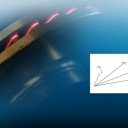 When processing car brake discs, the correct brake disc must be chosen before each stage of production in order to assign them to the manufacturer's different models. Laser scanners are used to recognize and classify the brake discs. The challenge of brake disc distinction is that the test objects are the same with regard to form, height and diameter. The gapCONTROL laser scanners are used for 100 % recognition and subsequent sorting. The only distinctive feature is a gap between two ventilation blades that signifies the respective models of the manufacturer. Sensor technology applied |
| __________________________________________________________________________________________________________ |
Oil film thickness measurement in an internal combustion engine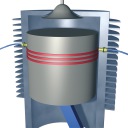 Included in the objectives of current engine development are minimization of pollutants and the reduction of oil consumption. In order to be able to take measures in achieving these objectives, then along with a number of other factors, it is very important to obtain knowledge of the behavior and the thickness of the oil film between the cylinder wall and piston or piston rings In this respect the upper third of the cylinder bore is of particular interest. Sensor technology applied |
| __________________________________________________________________________________________________________ |
Measuring glass cups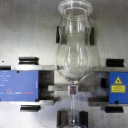 In the production of drinking glasses, the stem and cup are connected using a gas burner. In order to enable the precise connection of the glass stem and cup, the distance between stem and cup needs to be measured. Monitoring this gap size allows for feed rate control during production. An optoCONTROL optical micrometer measures this gap. Sensor technology applied |
| __________________________________________________________________________________________________________ |
Roller clearance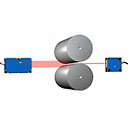 The distance of both rollers from each other or from the roller to the support surface is the crucial dimension for rolling processes for metals, plastics or other materials. In the case of sensitive processes and high material accuracies, the clearance must be checked constantly so that imminent rejection is avoided. The contacting inductive and the non-contact methods are suitable for this. In the case of contacting methods, the sensor is mounted on the outside on the roller guide. The change in clearance is transmitted to a plunger whose position change is measured by the inductive sensor. In the case of the non-contact method, the roller is between the transmitter and receiver of an optical micrometer. The emitted light curtain is partially covered by the roller. The remainder reaches the receiver through the gap. The gap can be calculated based on the light quantity measurement. Sensor technology applied |
| __________________________________________________________________________________________________________ |
Windscreen gap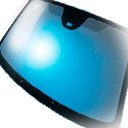 The final appearance of a product plays a crucial role everywhere that panes are positioned automatically. Apart from the shape, stability, color etc., the final appearance is also dependent on the position of the glass in the frame. The pane must be inserted in as centerd a position as possible. A laser scanner also detects automatically for the insertion of the glass whether the gap is the same on all sides or not. If differences occur, the pane can still be moved somewhat. The extremely difficult conditions of the different reflection factors of glass and frame (metal, wood, plastic) do not affect the quality of the measured data. Sensor technology applied |
| __________________________________________________________________________________________________________ |
Cylinder breathing of the cylinder head gasket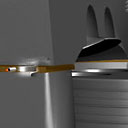 Specially shaped eddy current sensors are integrated directly in the crankcase where they measure, for example, the expansion of the cylinder head gasket during the stroke. Pressures of up to 50 bar are produced for every ignition of a cylinder, which slightly raise a tightly bolted cylinder head. This movement is compensated for by the cylinder head gasket, which is why it is referred to as “cylinder head gasket breathing”. How far the cylinder head moves is measured by eddy current sensors. This data provides information about the durability of the gasket and save customers from fatal engine damage. Sensor technology applied |




